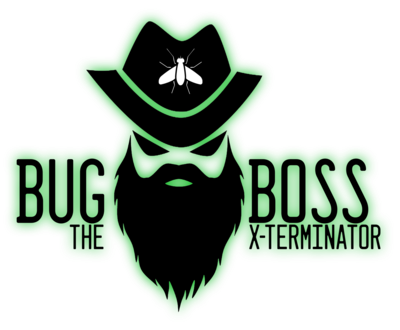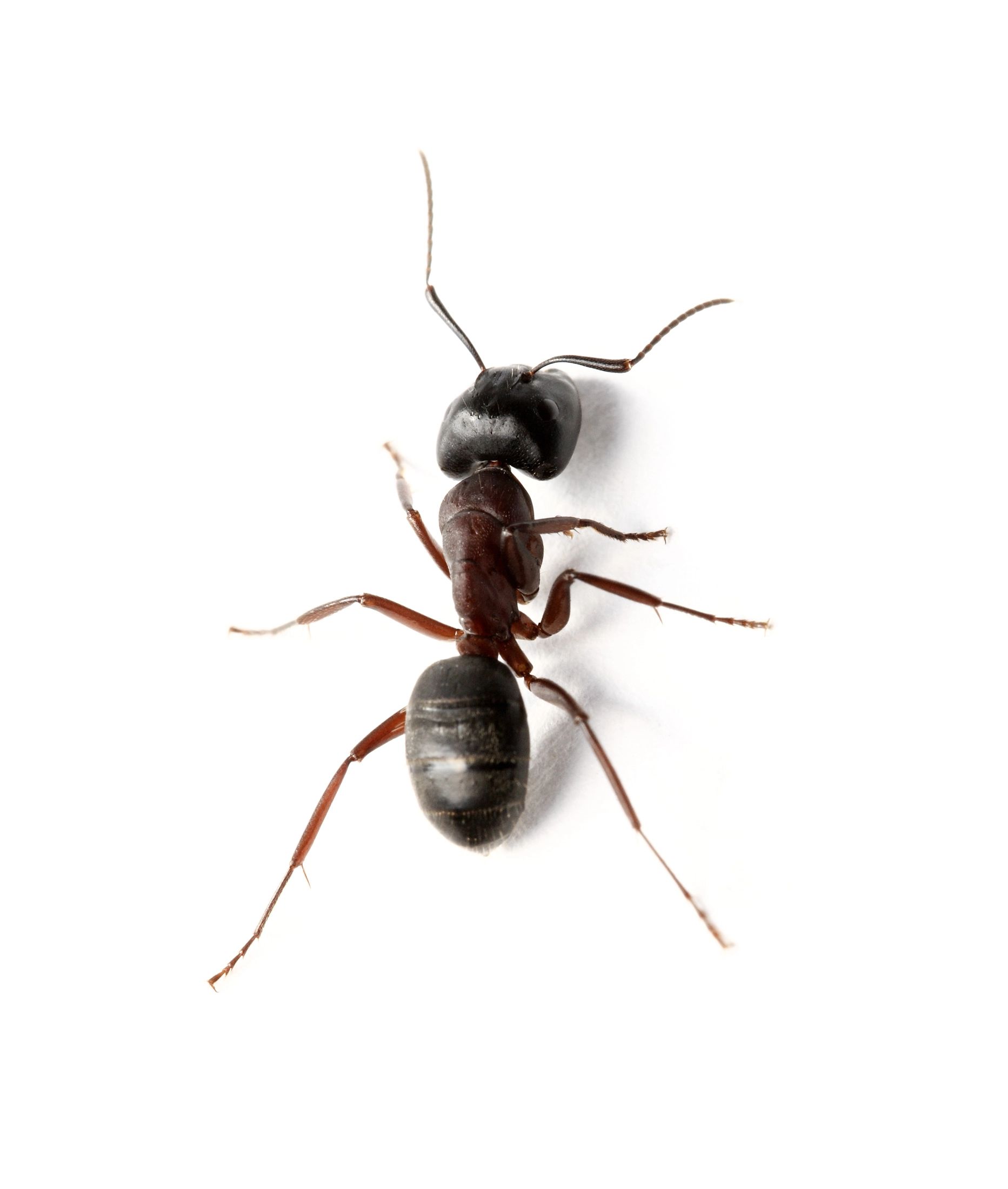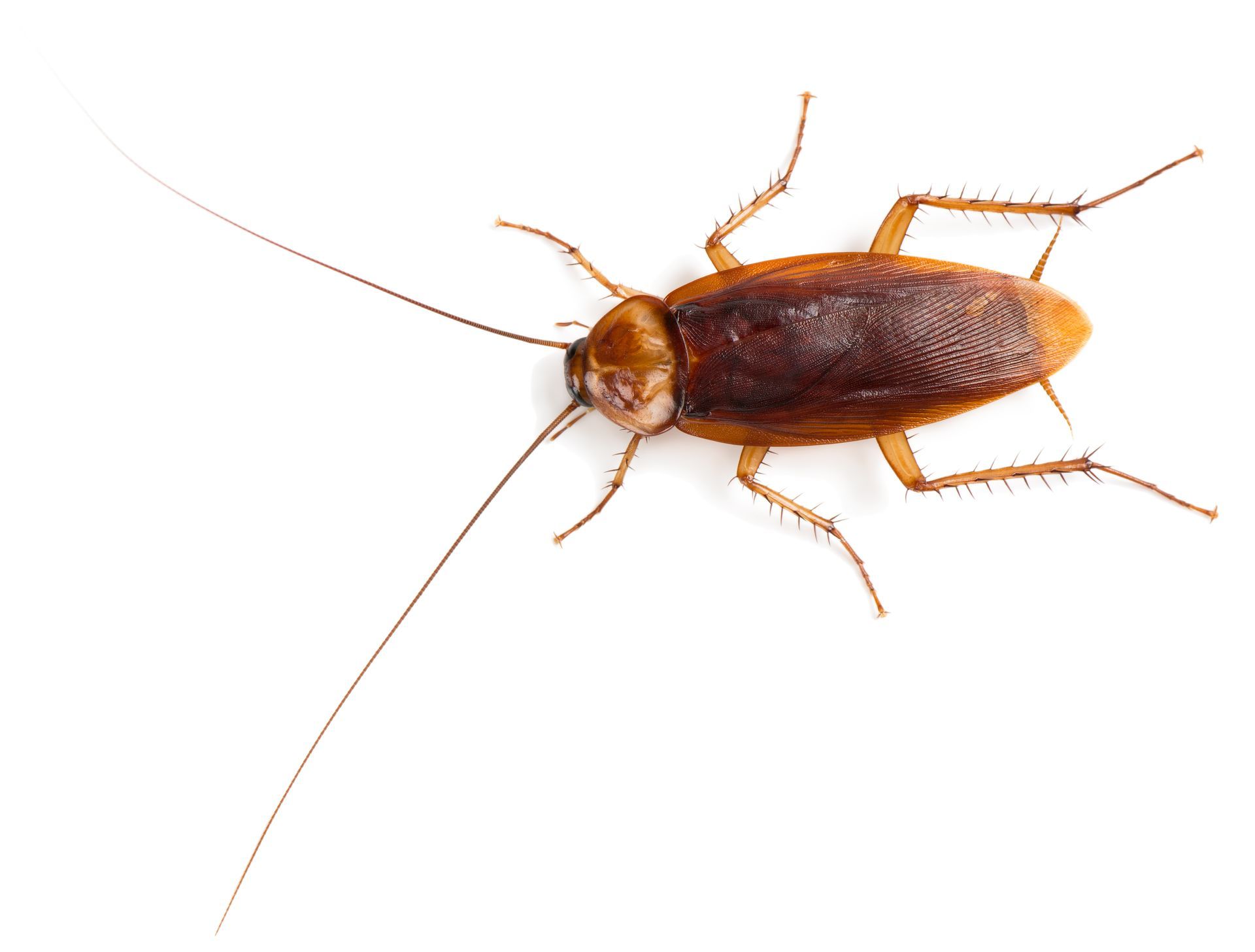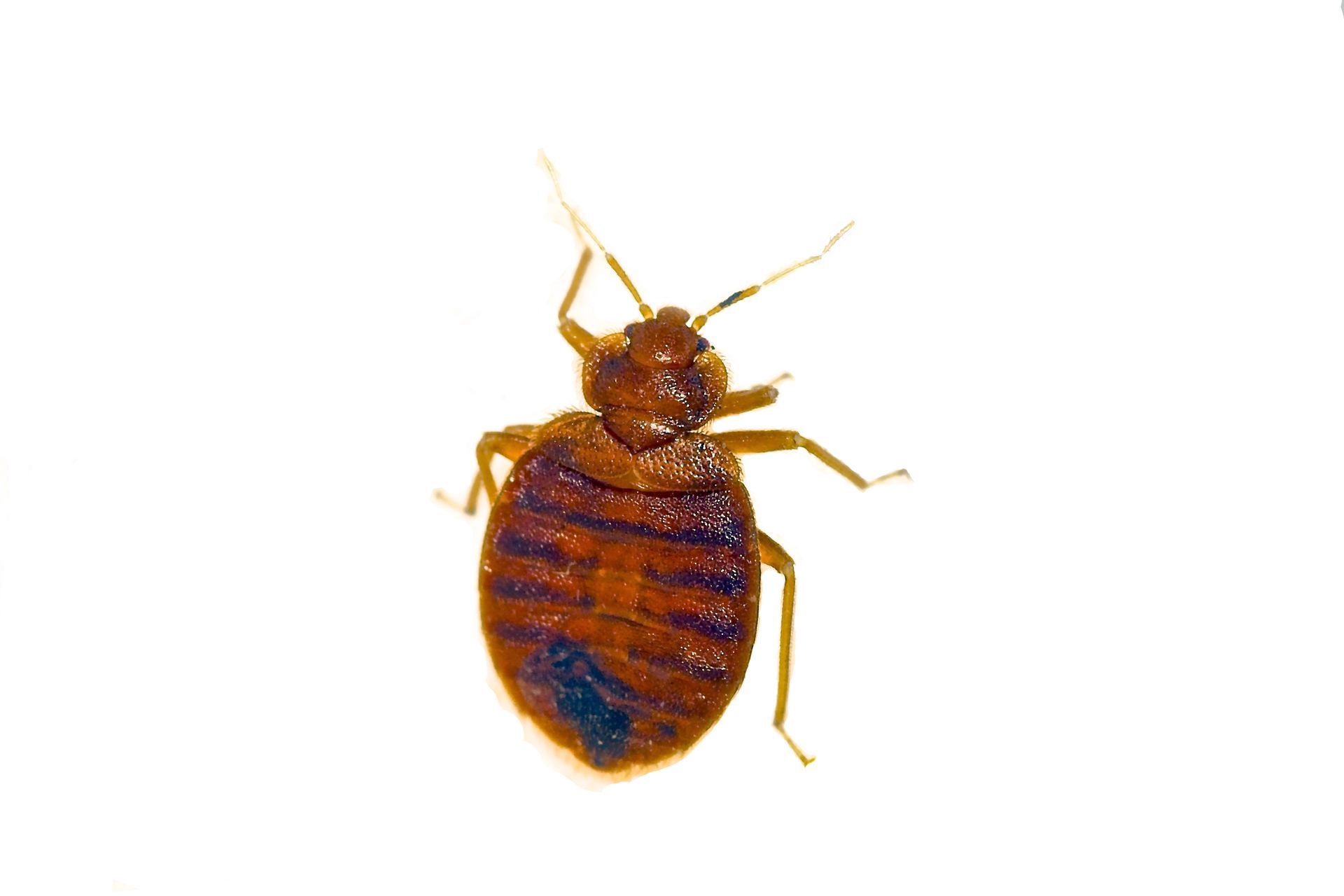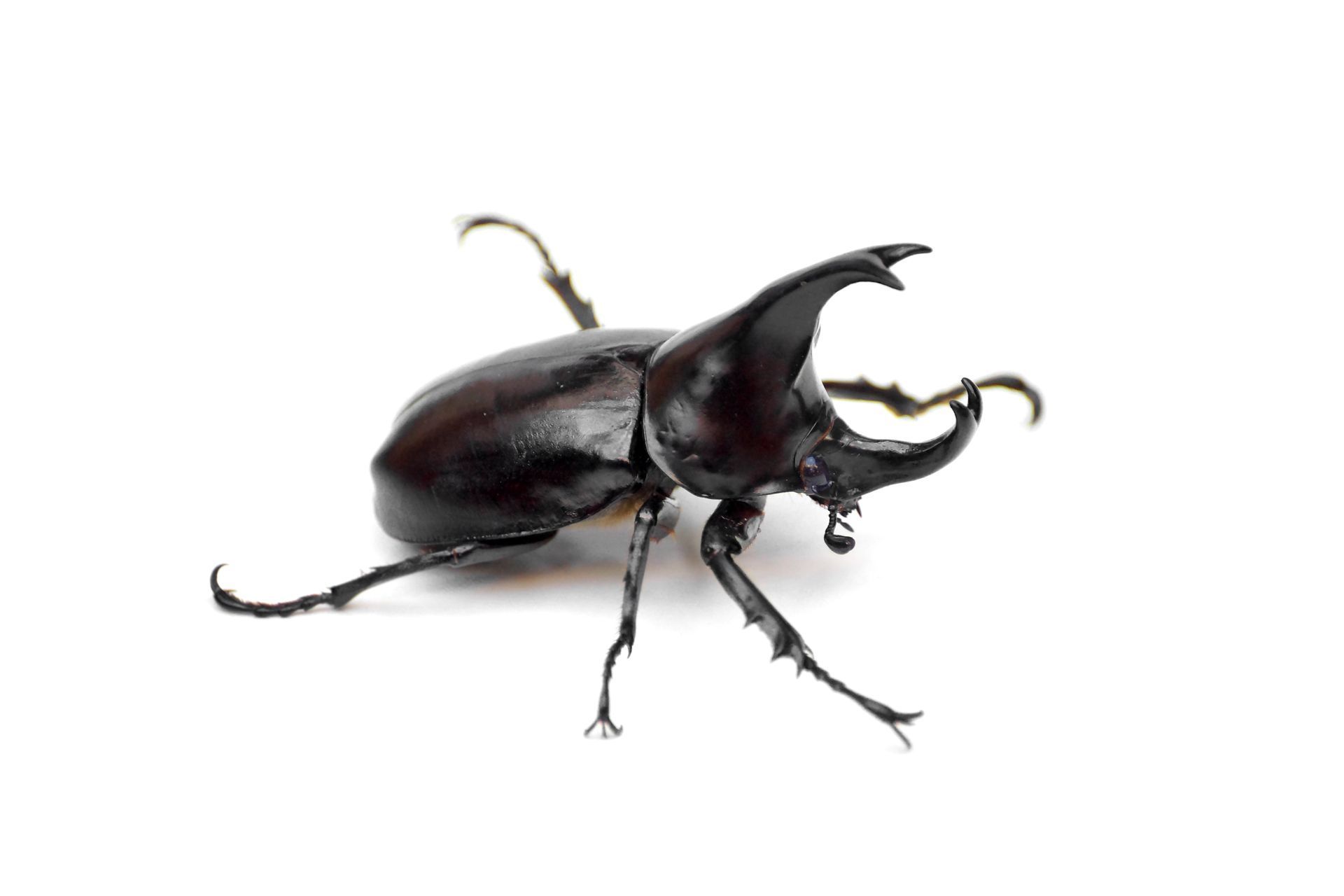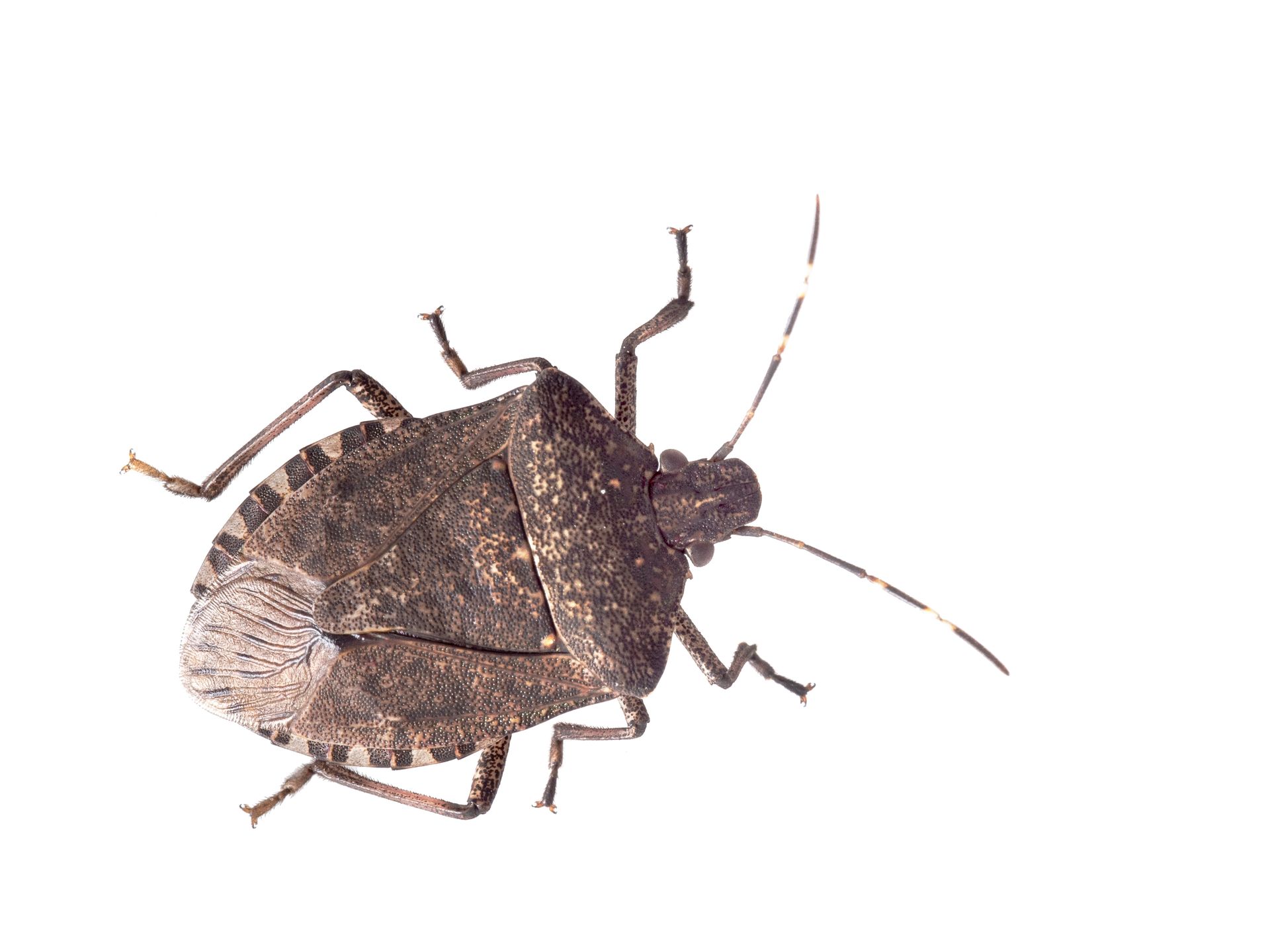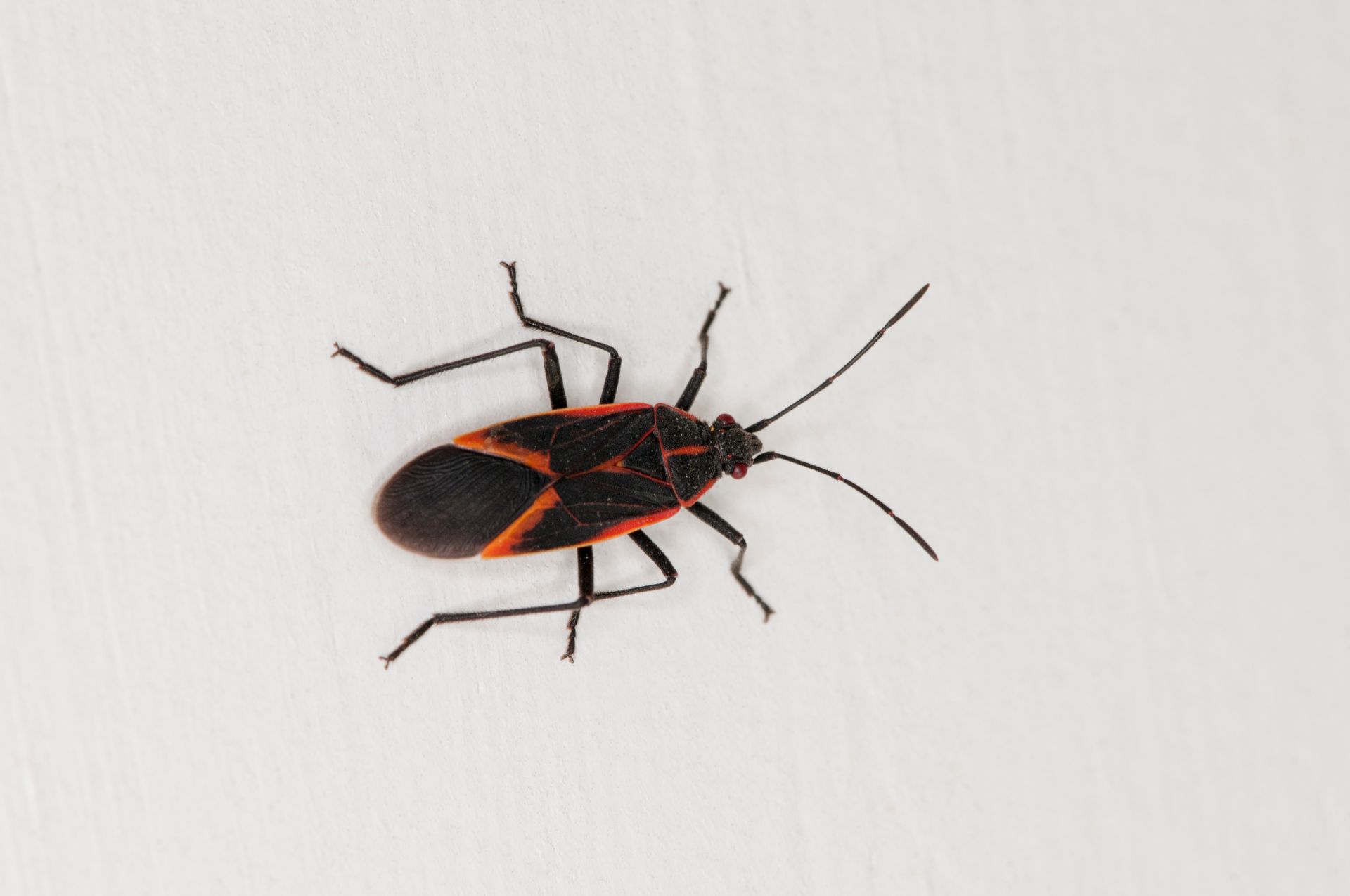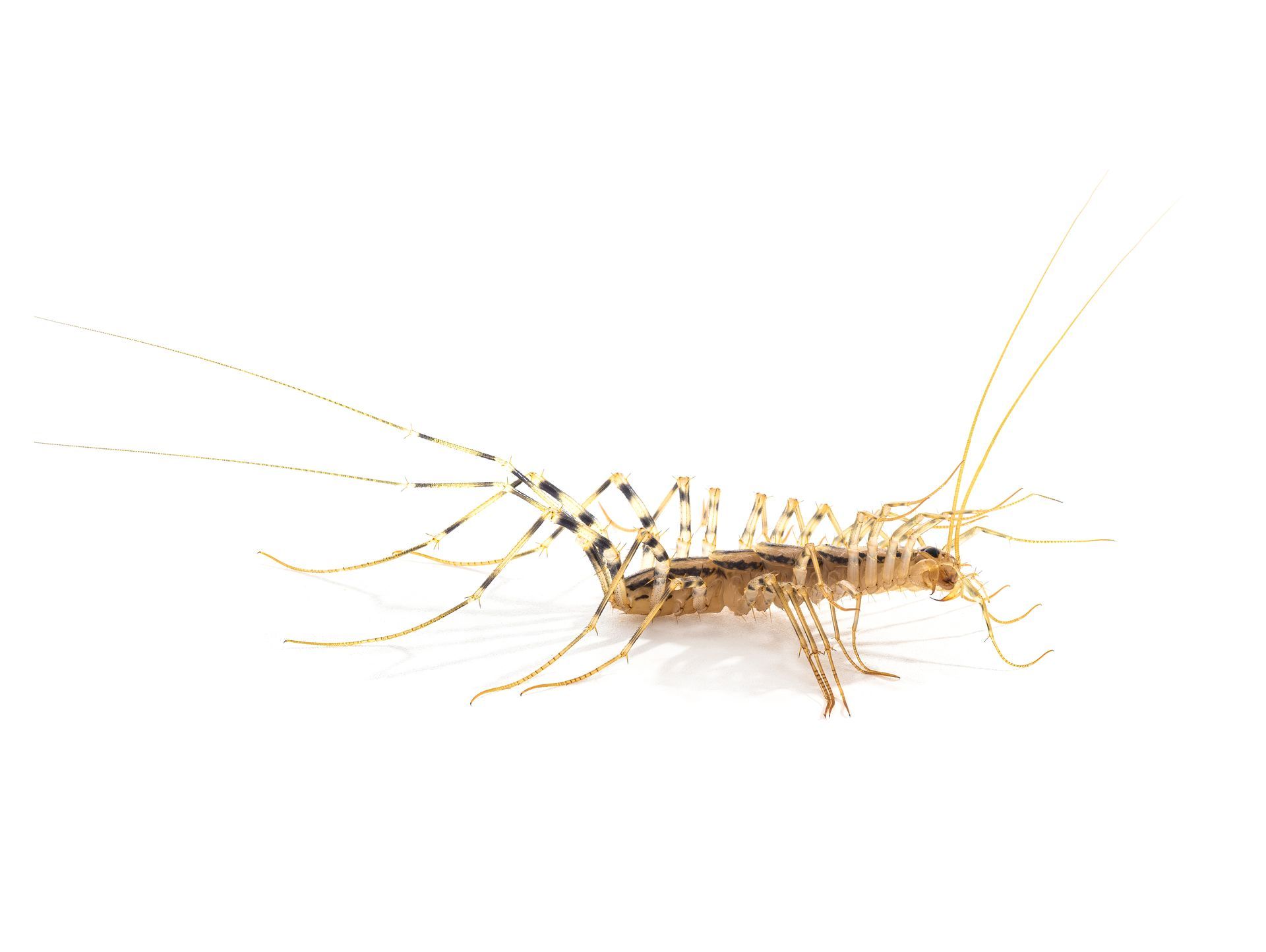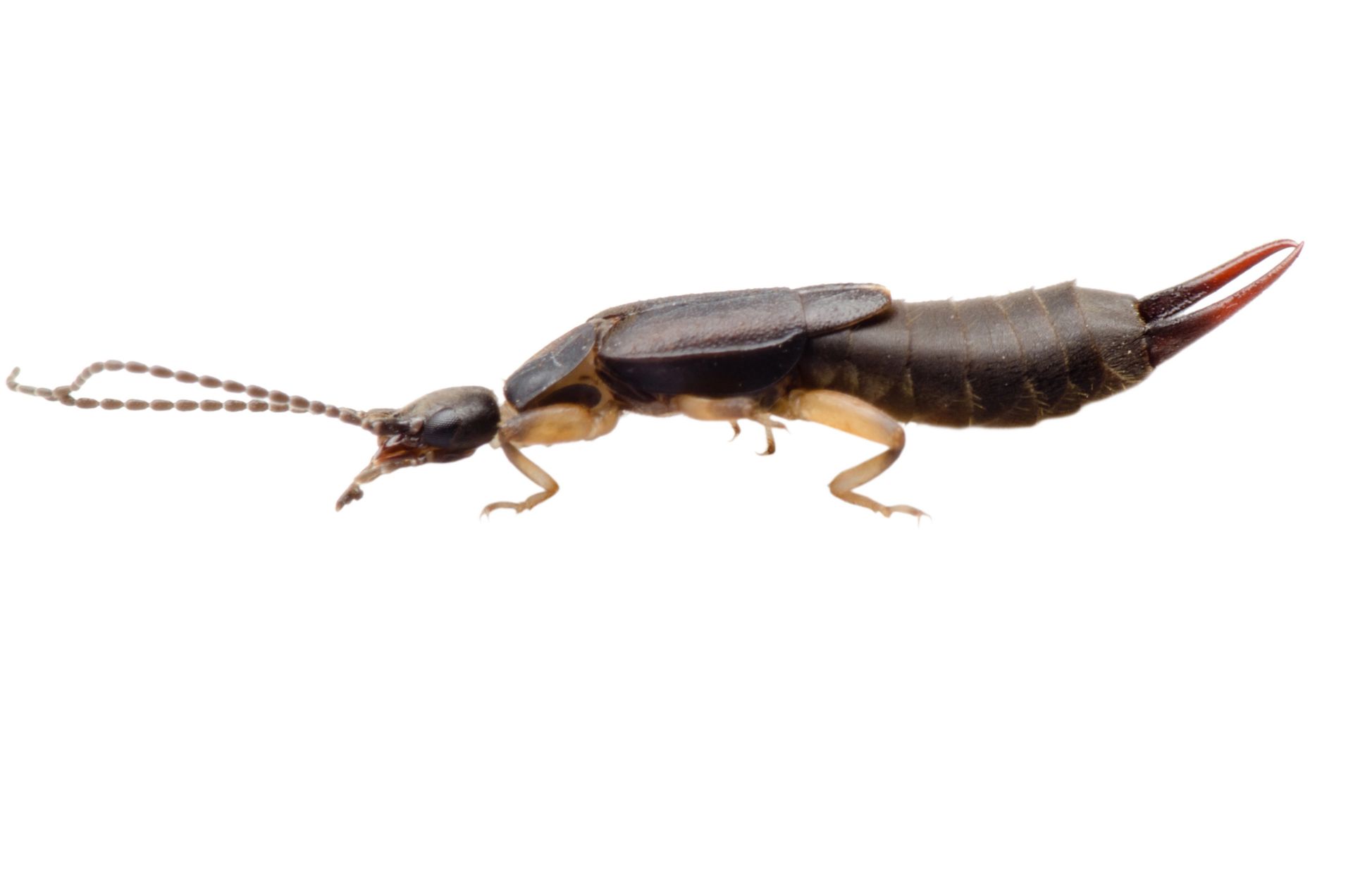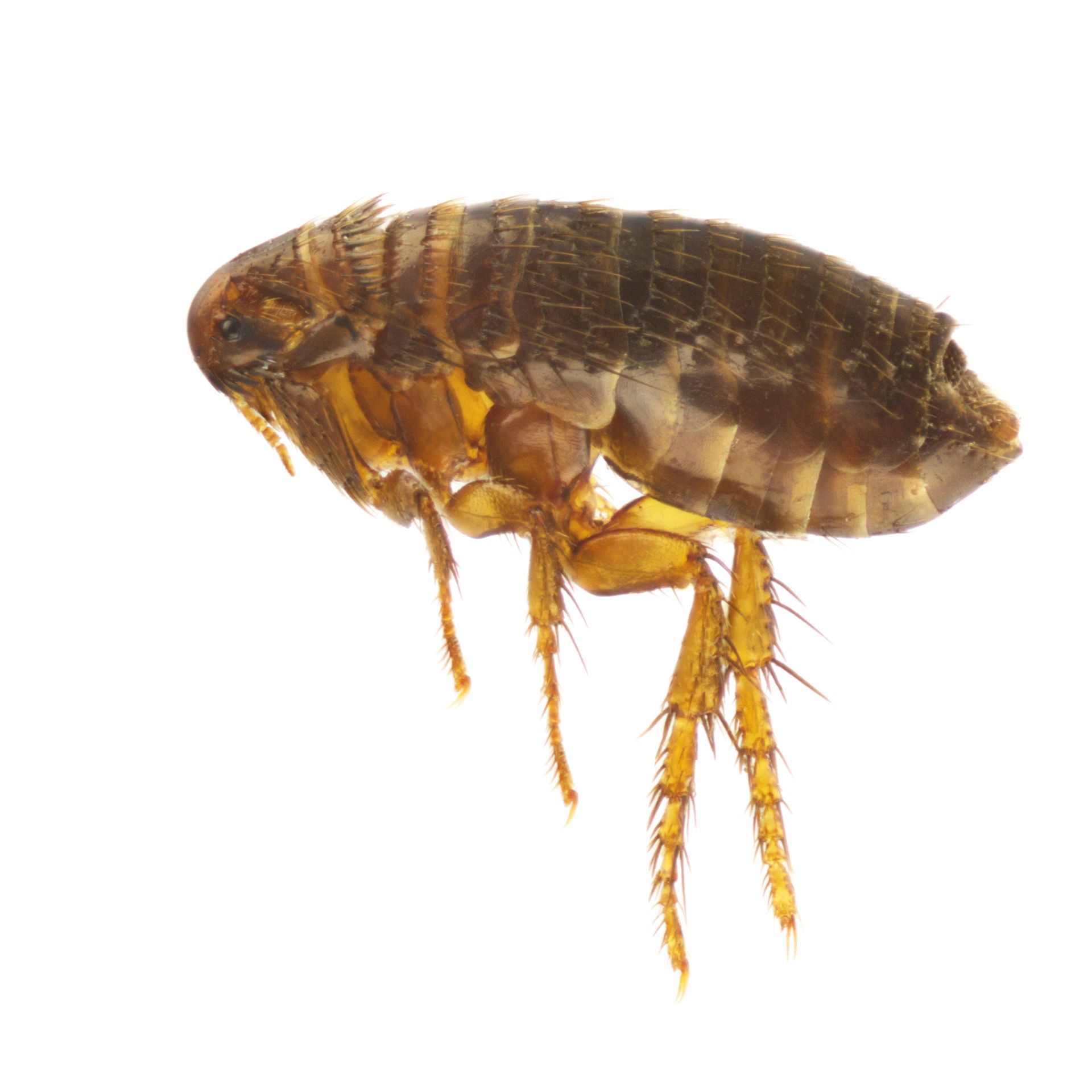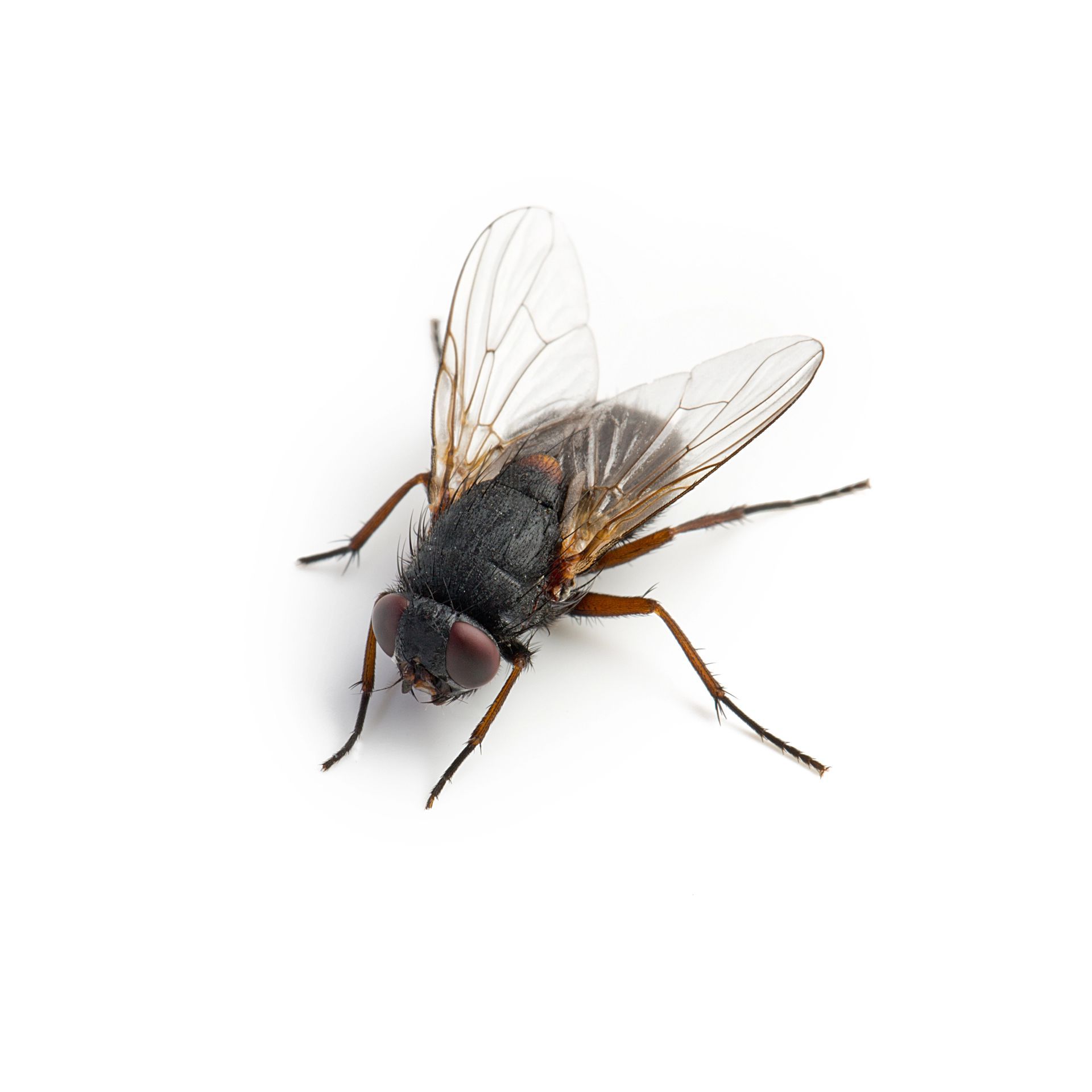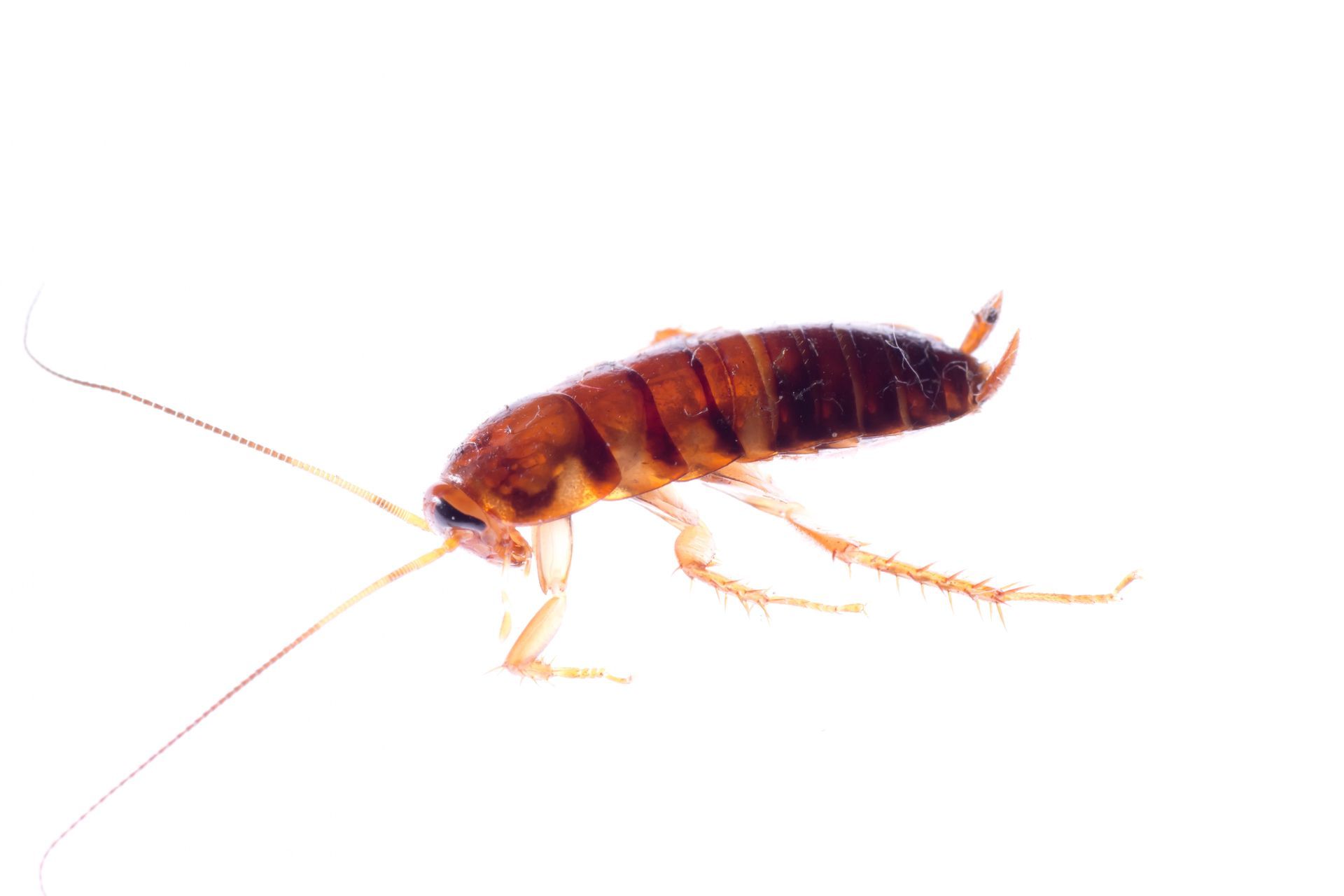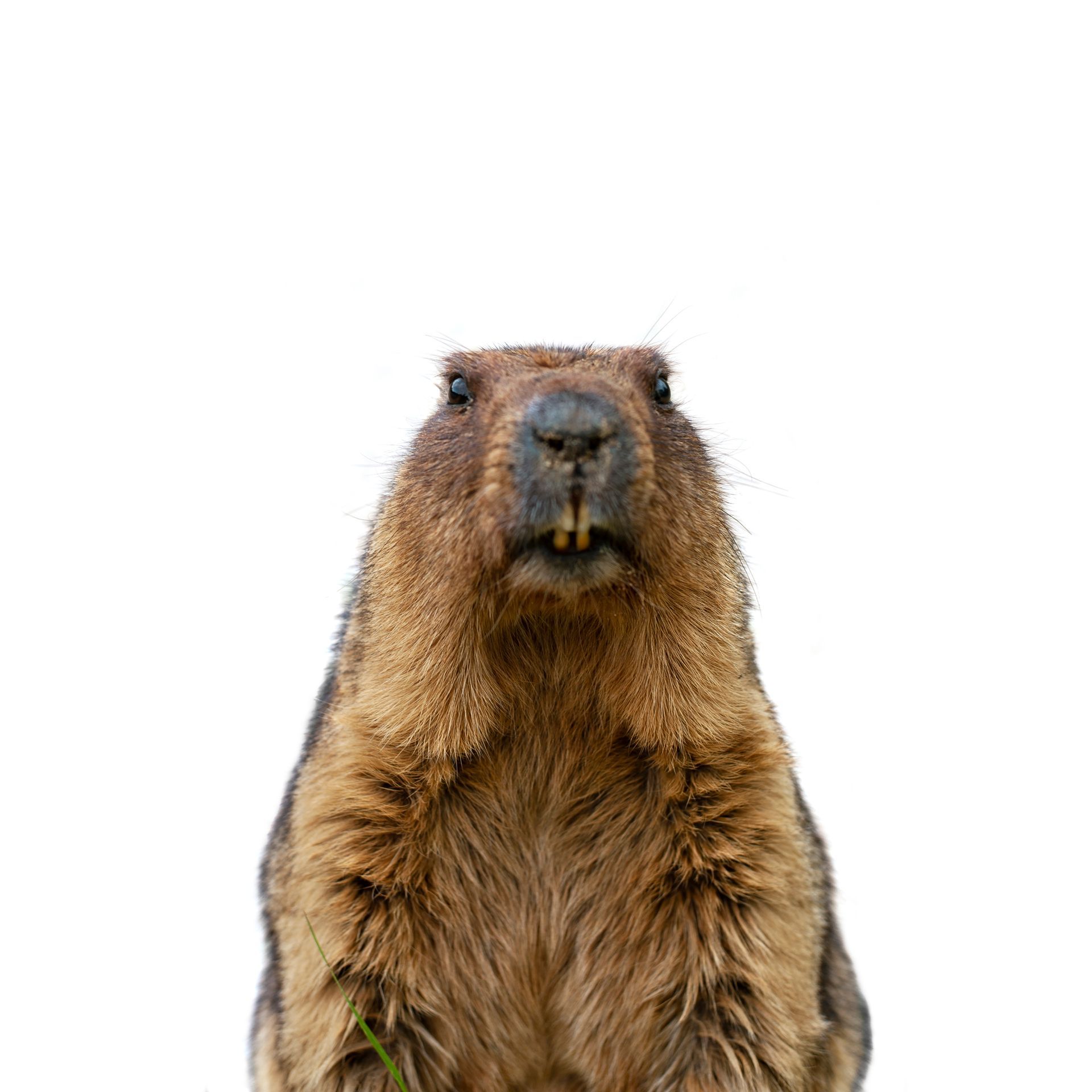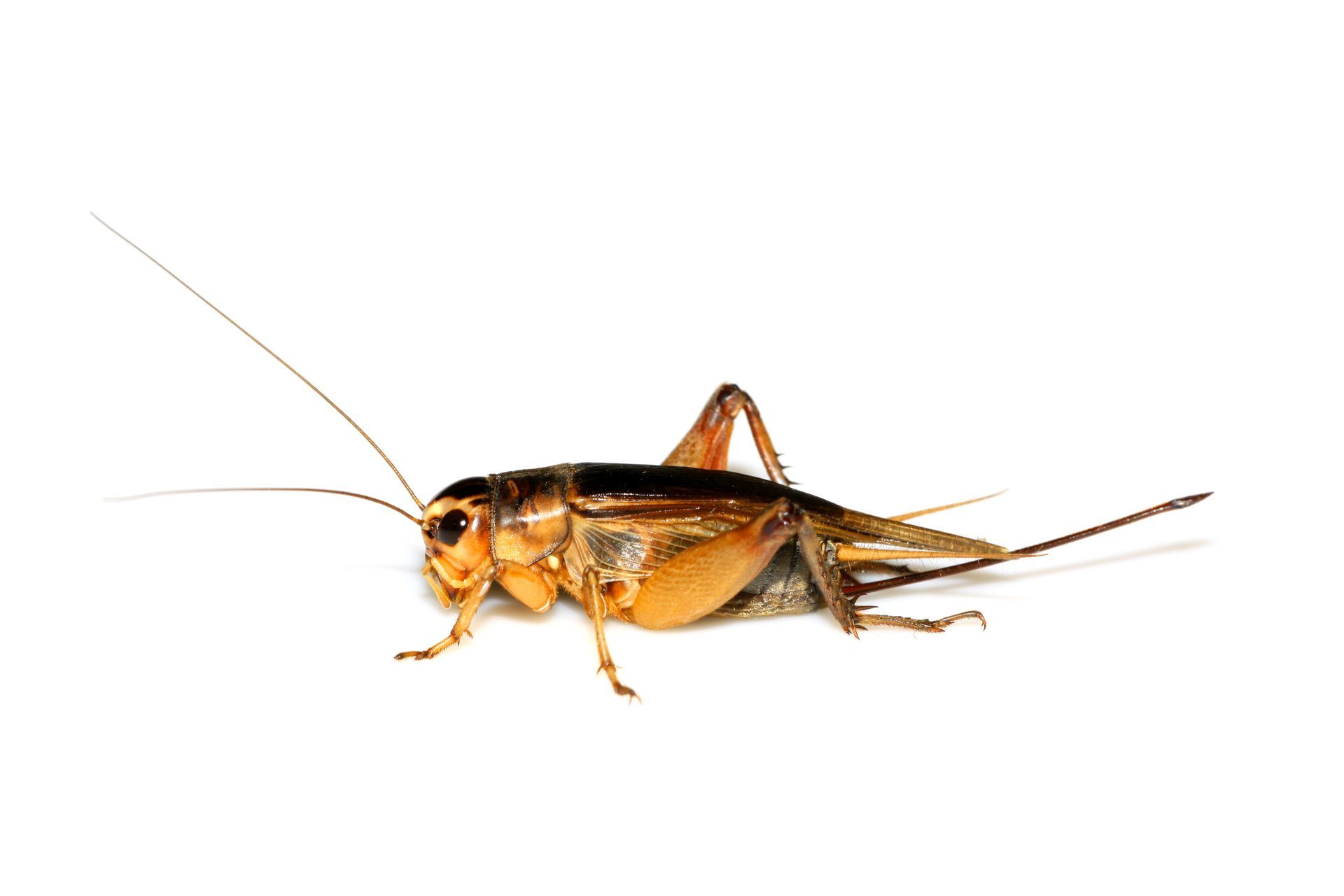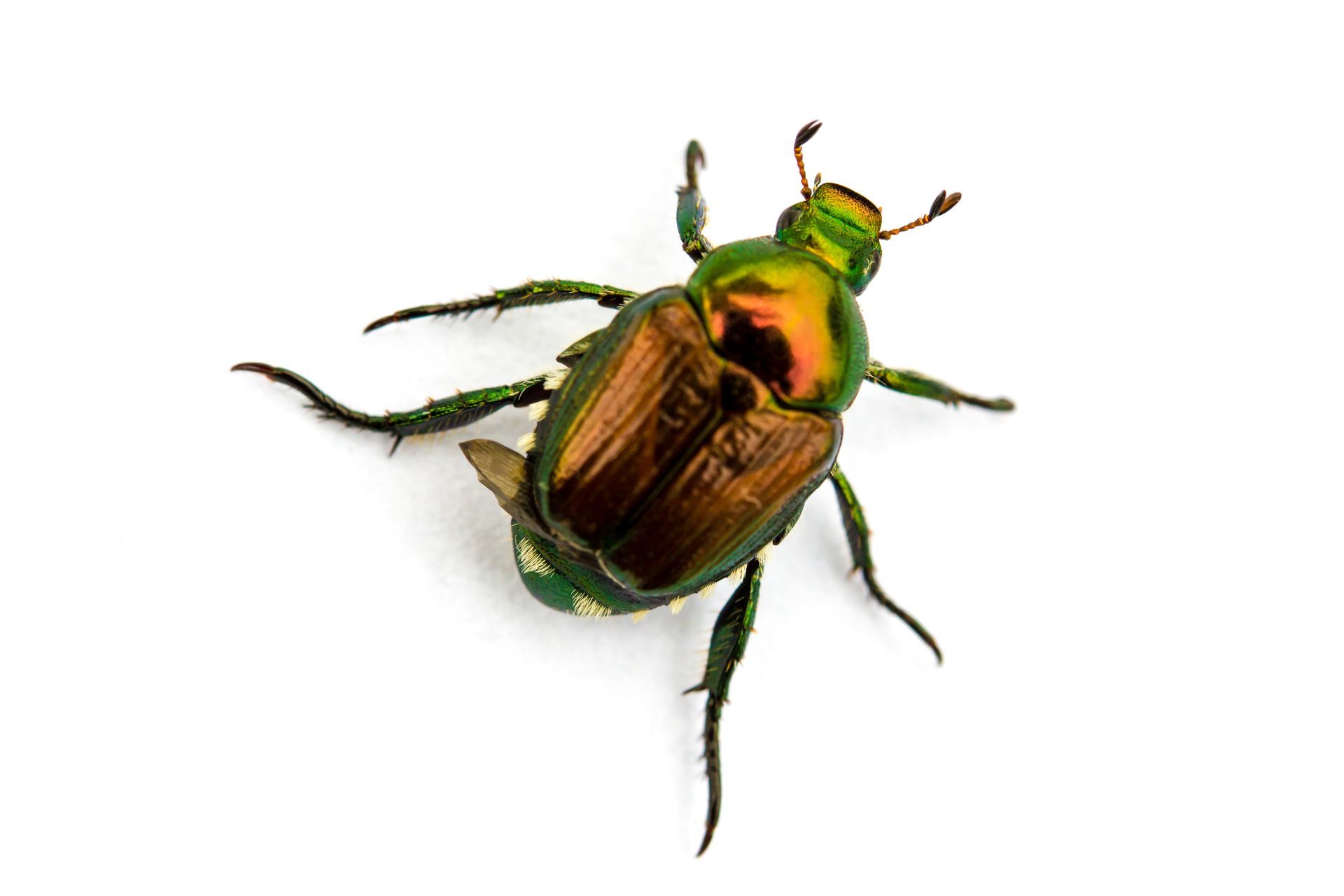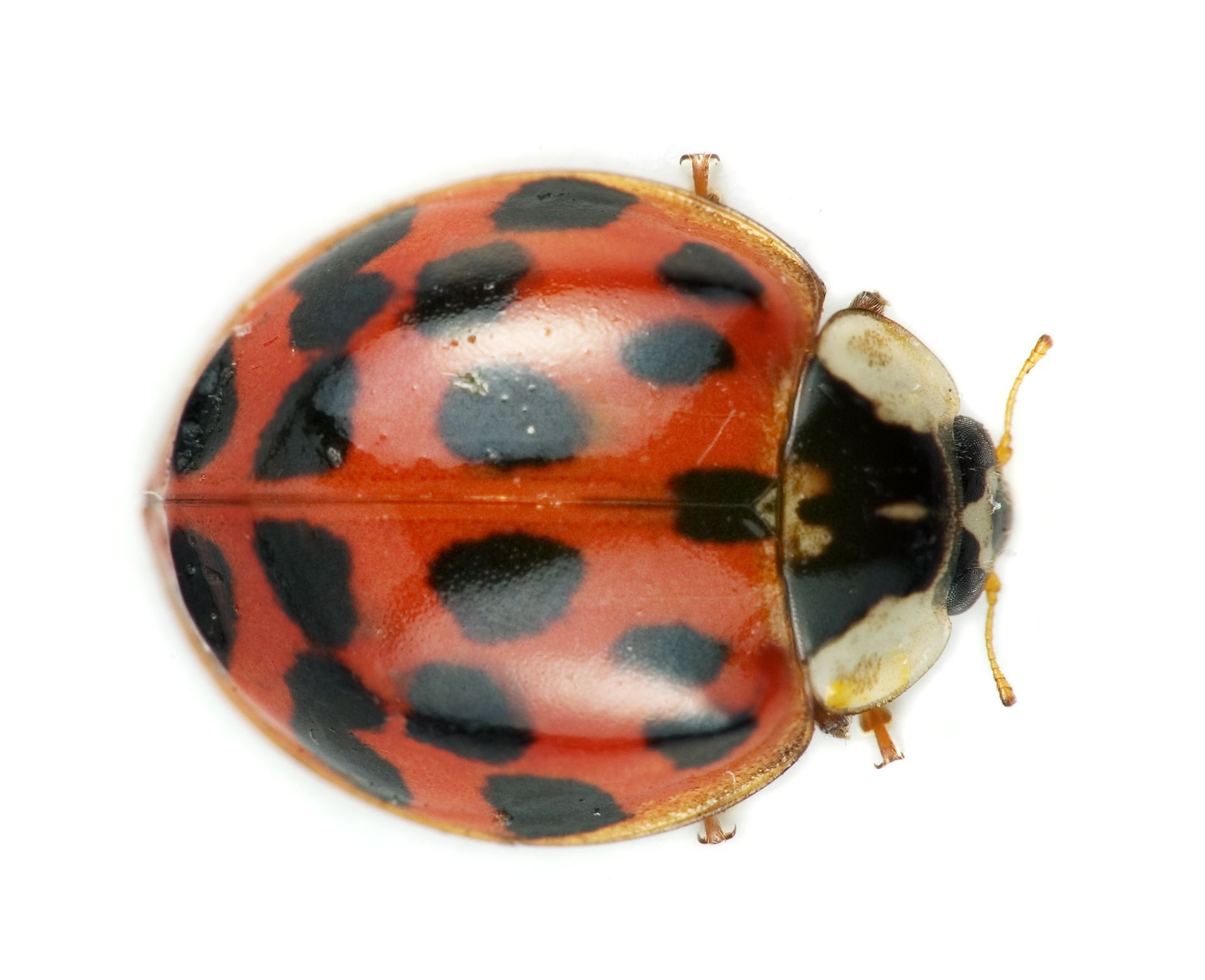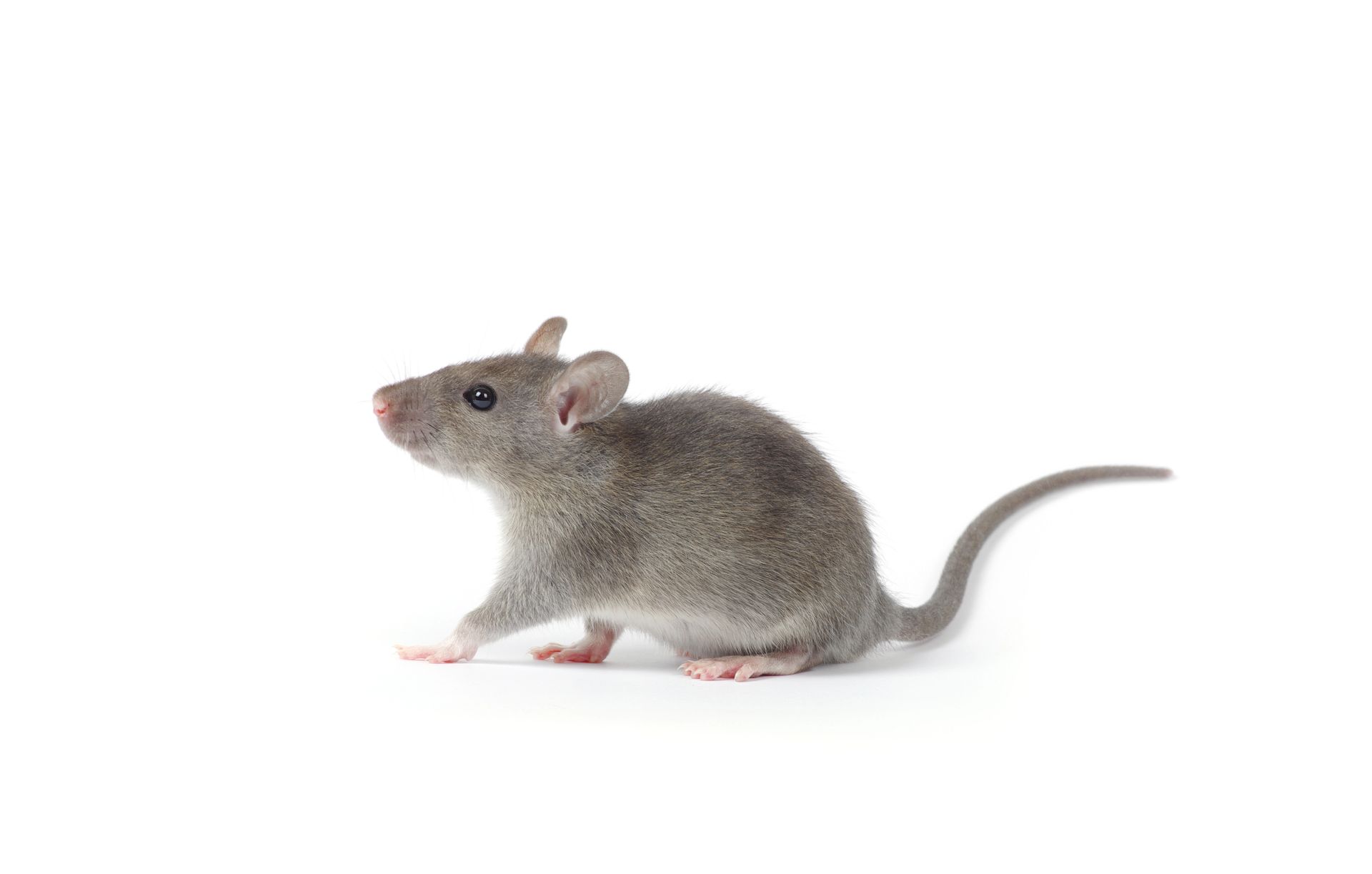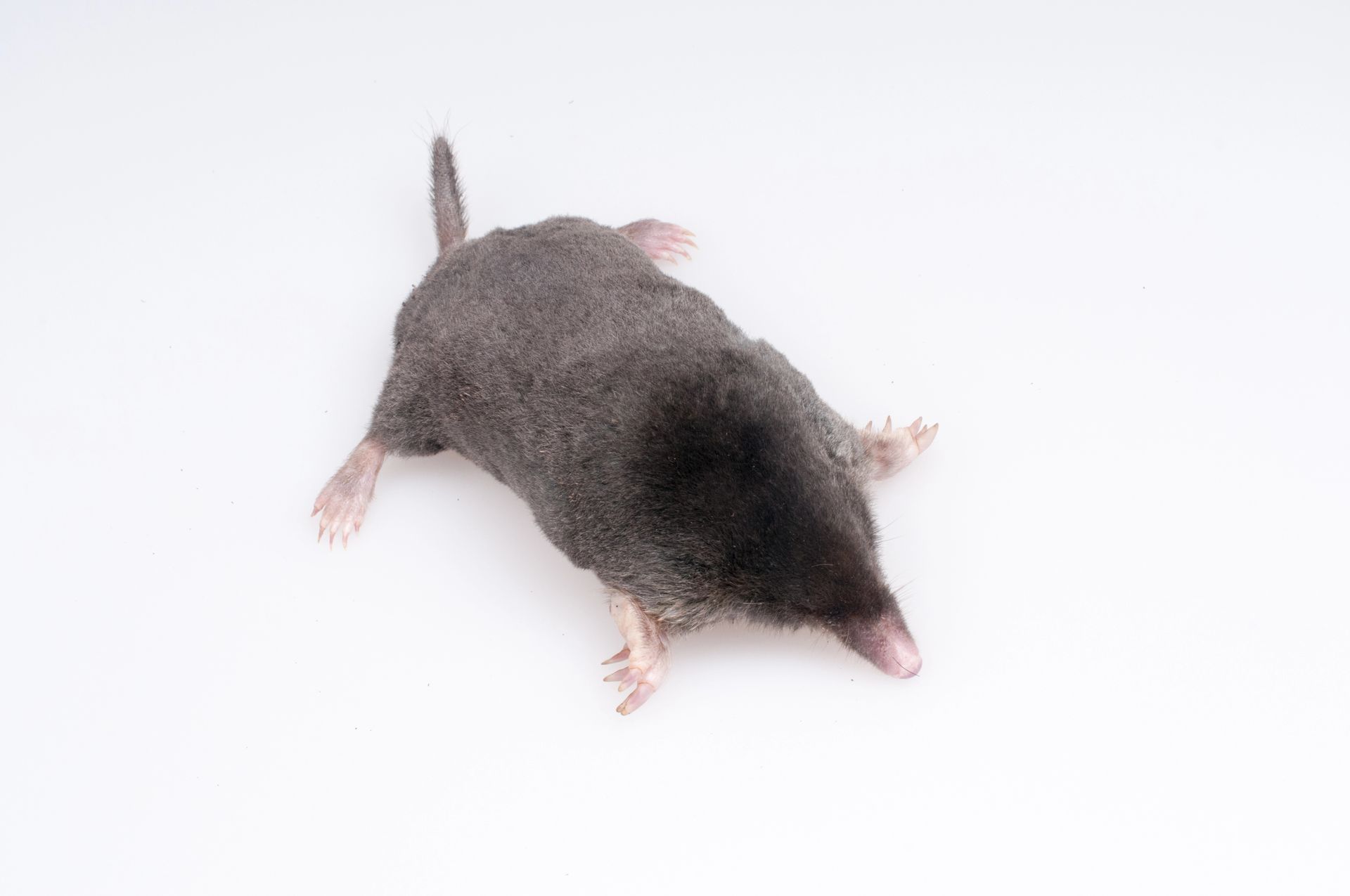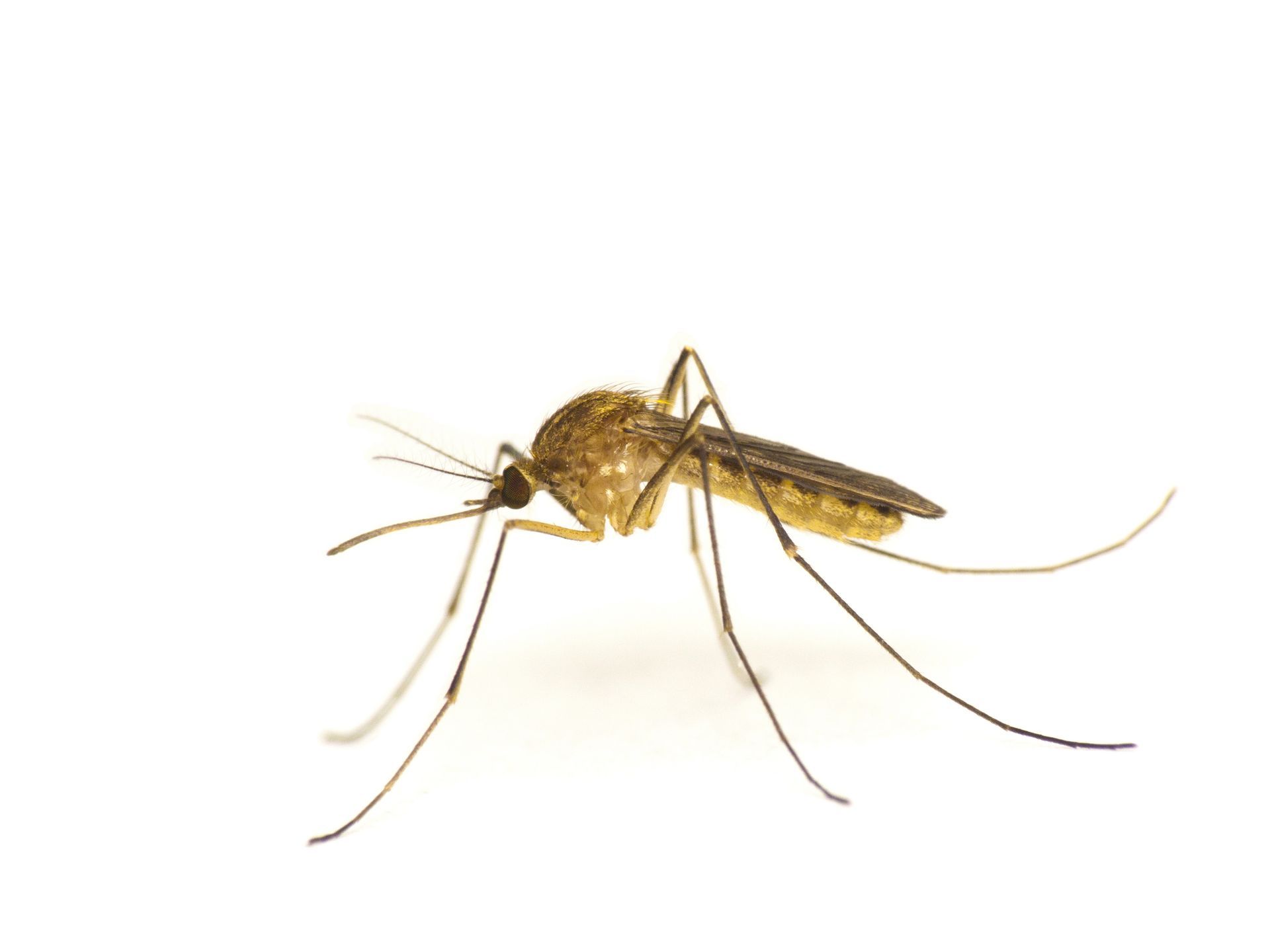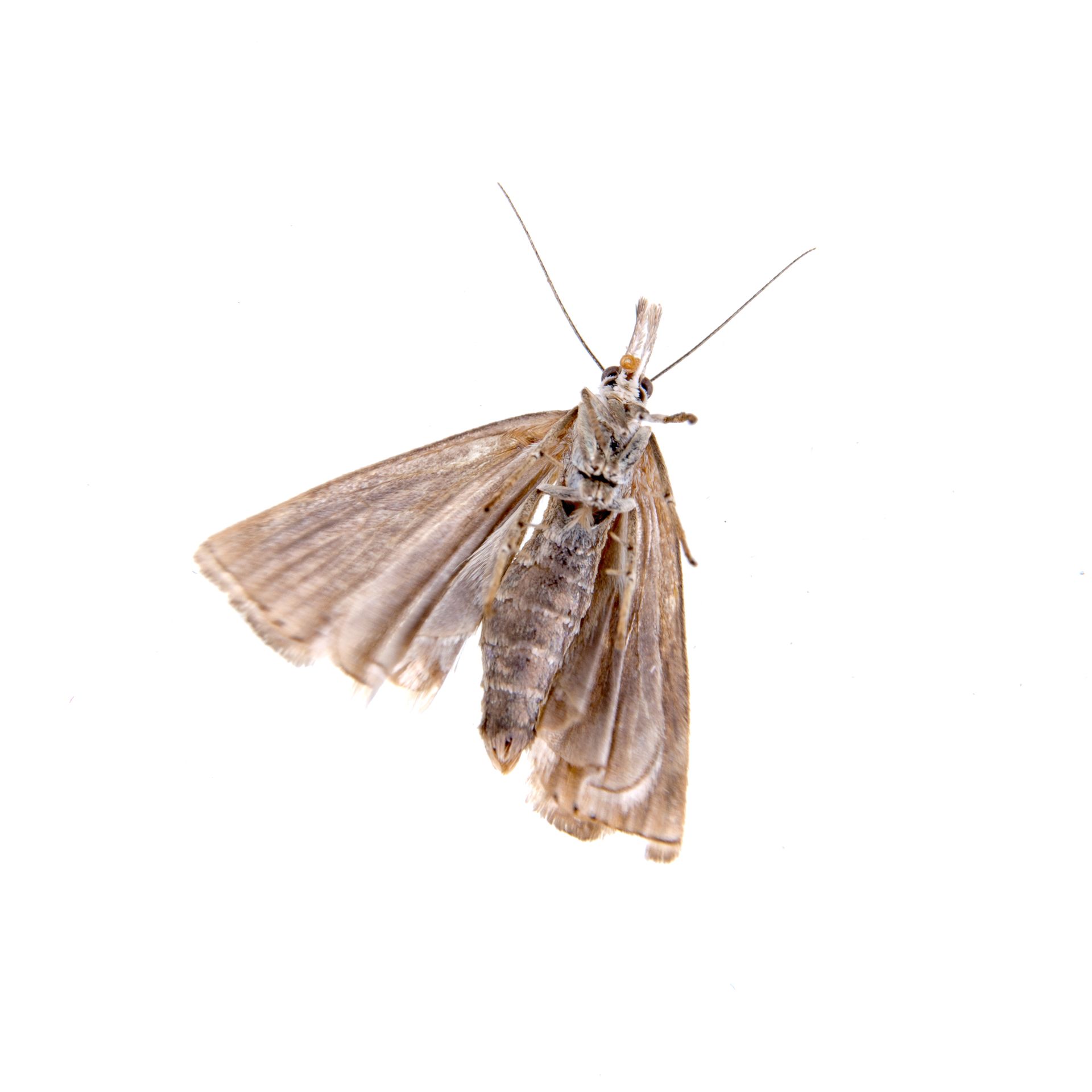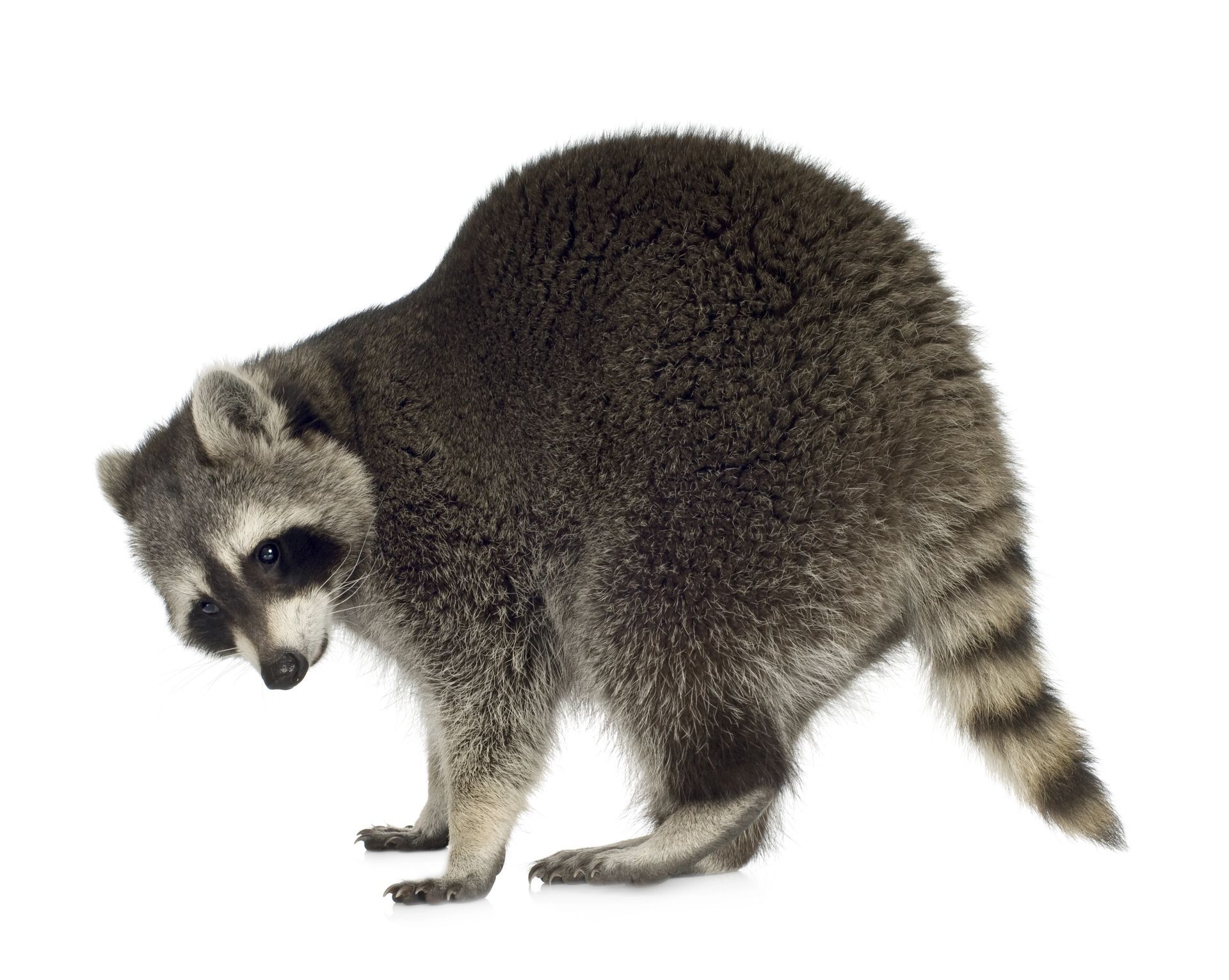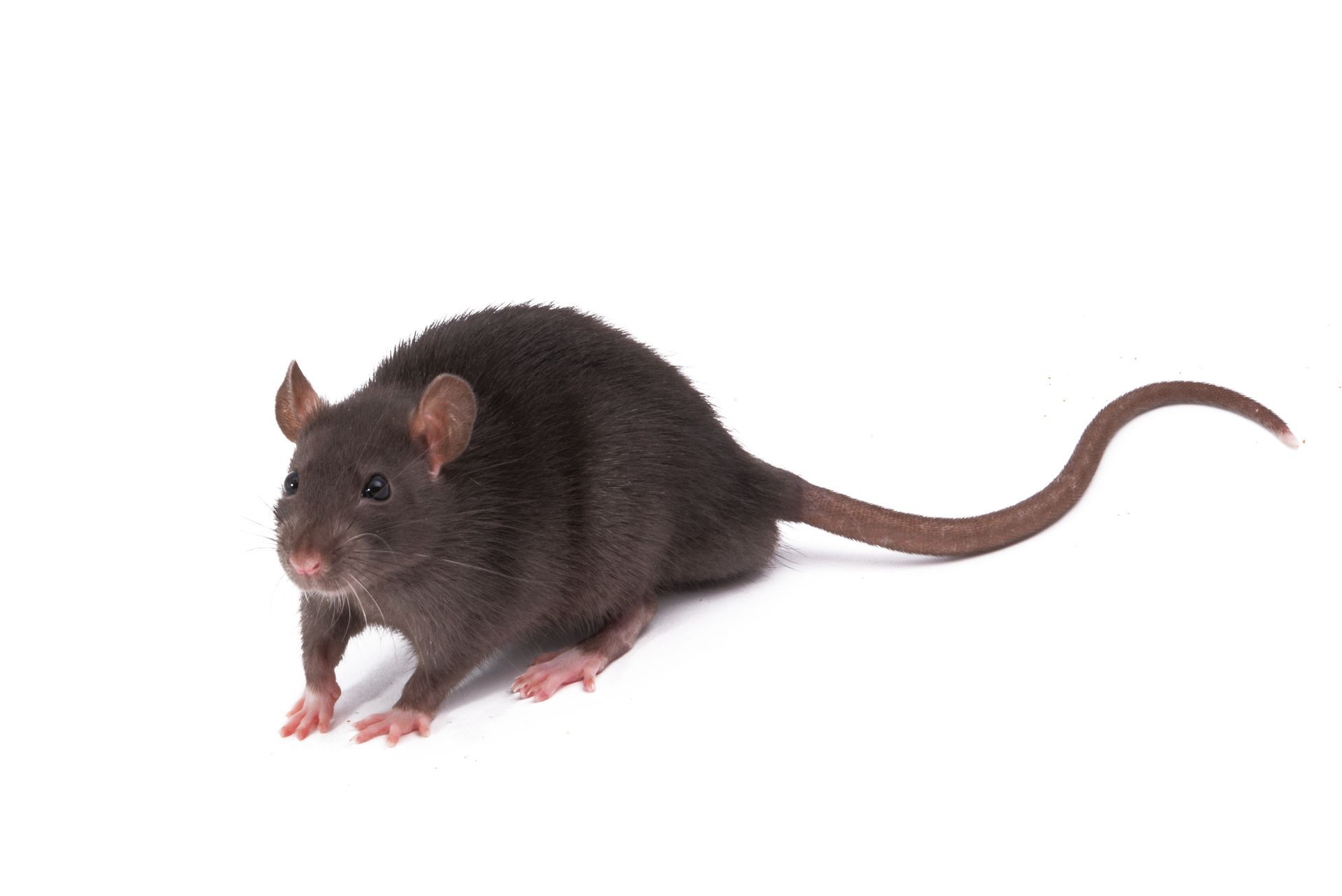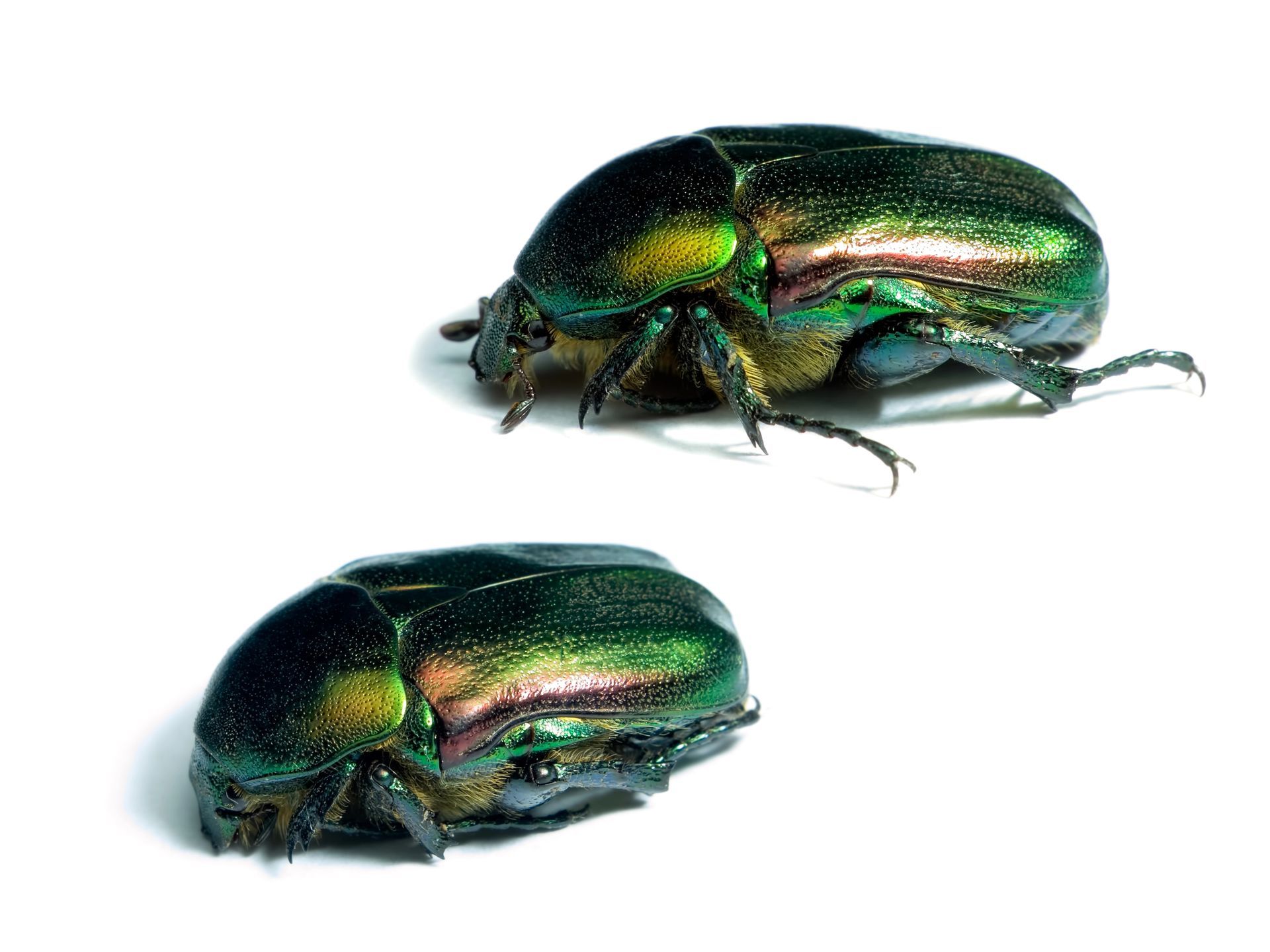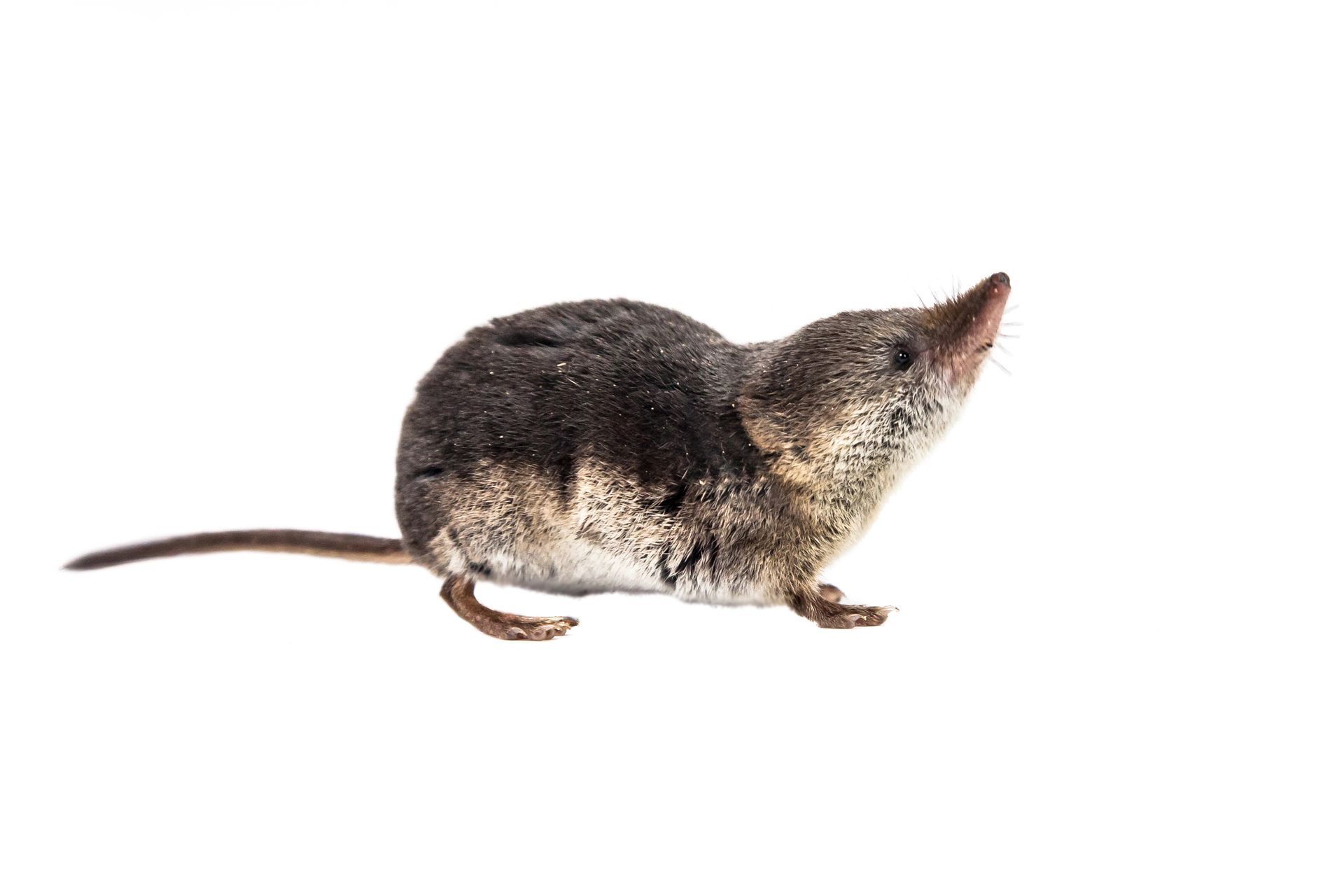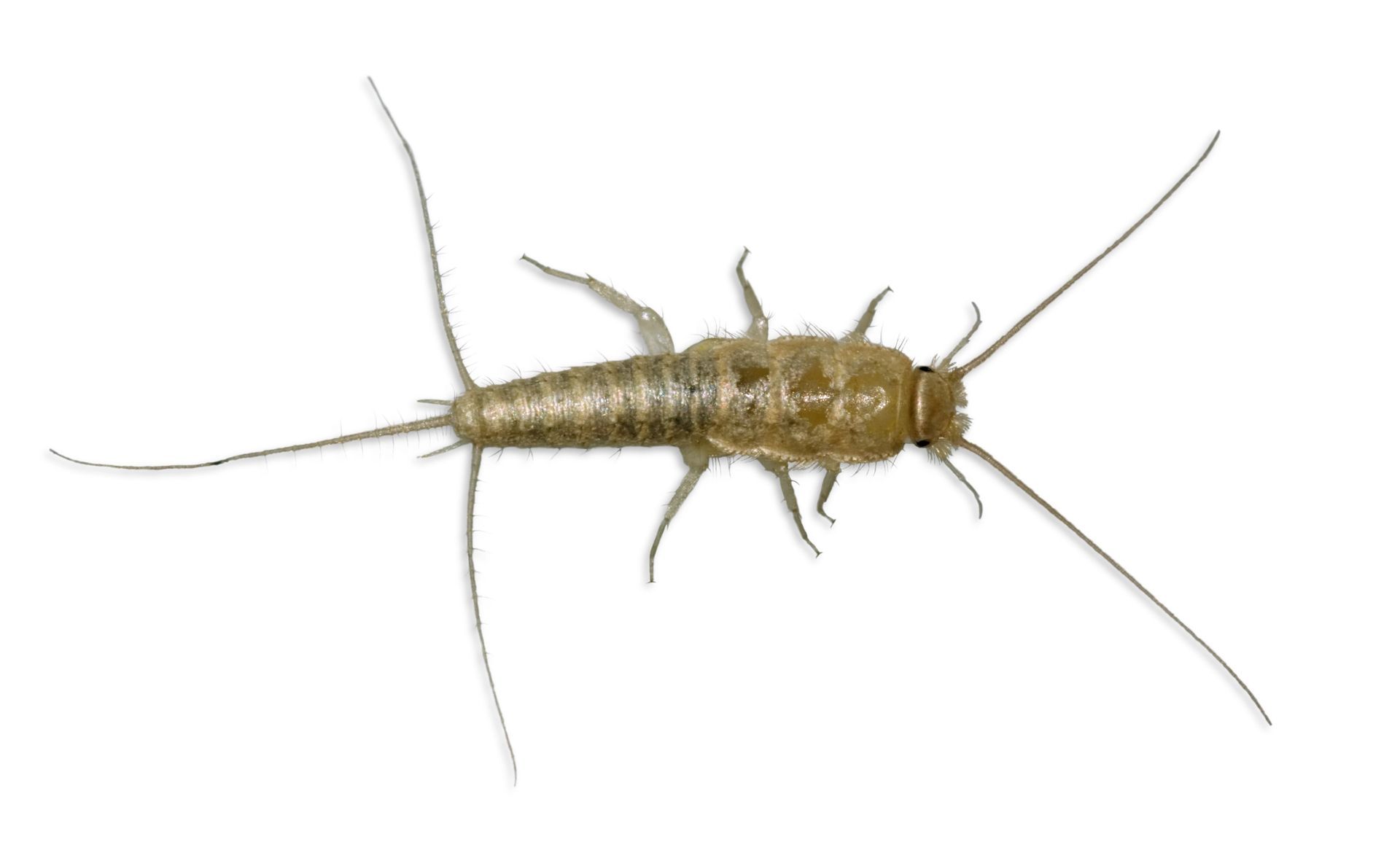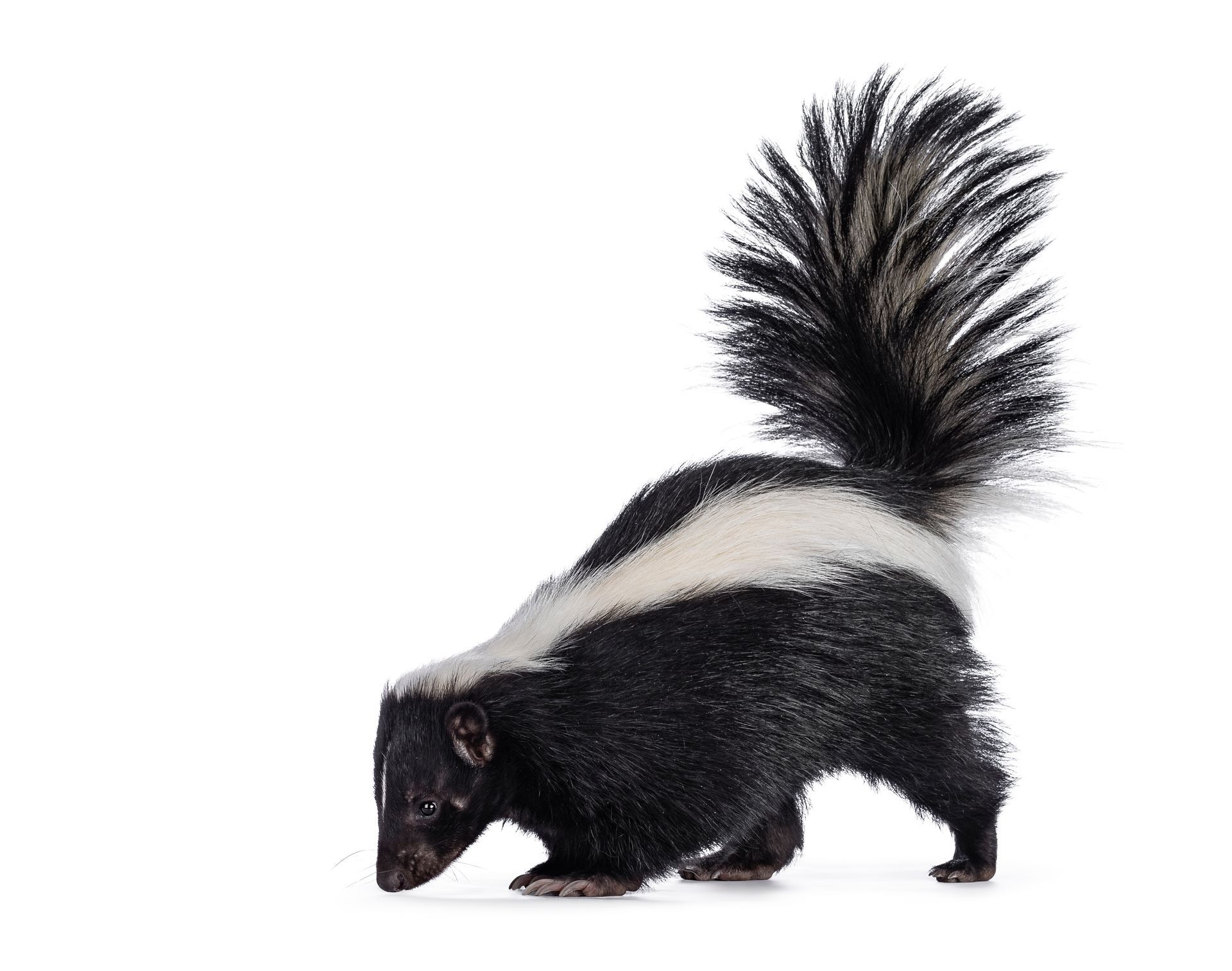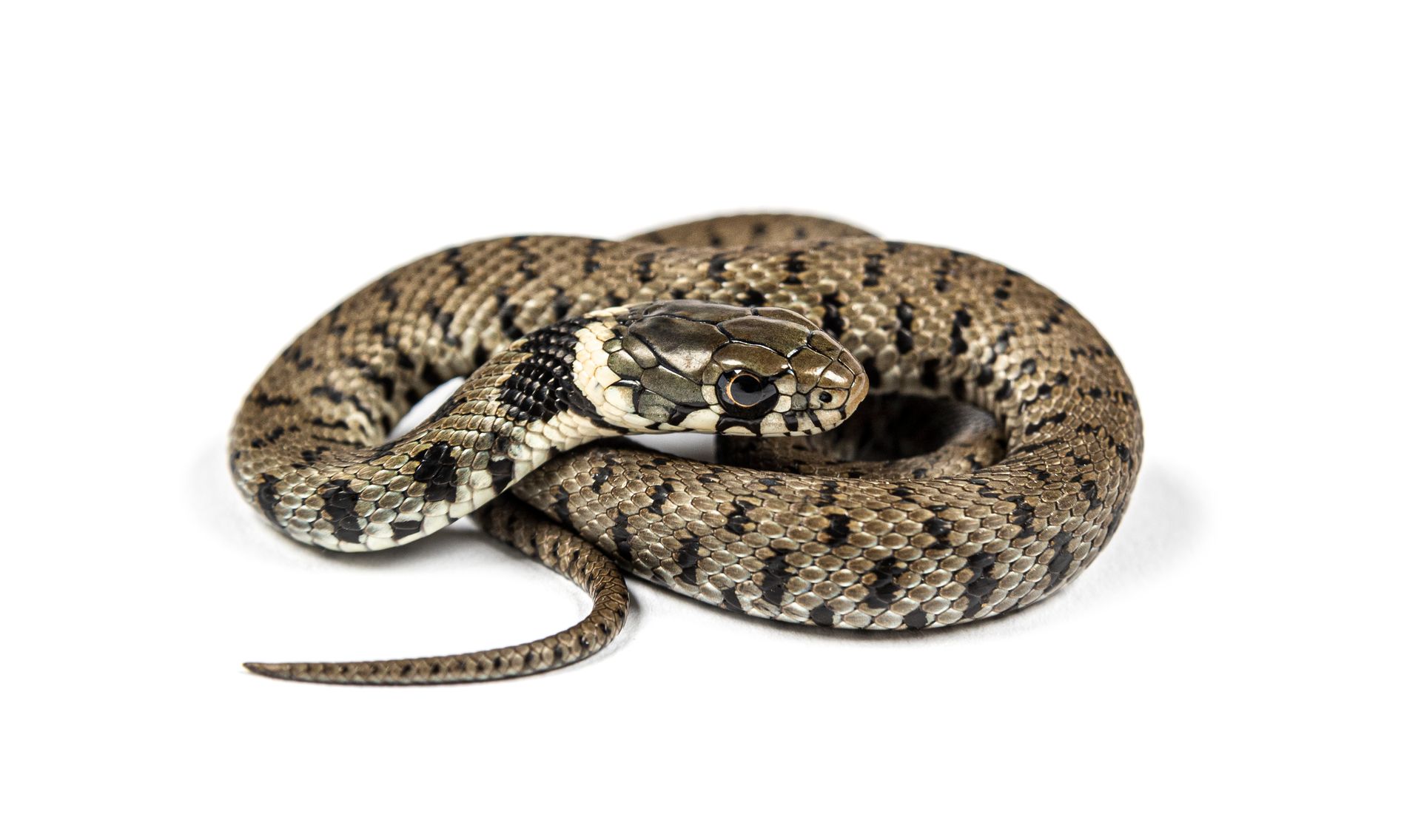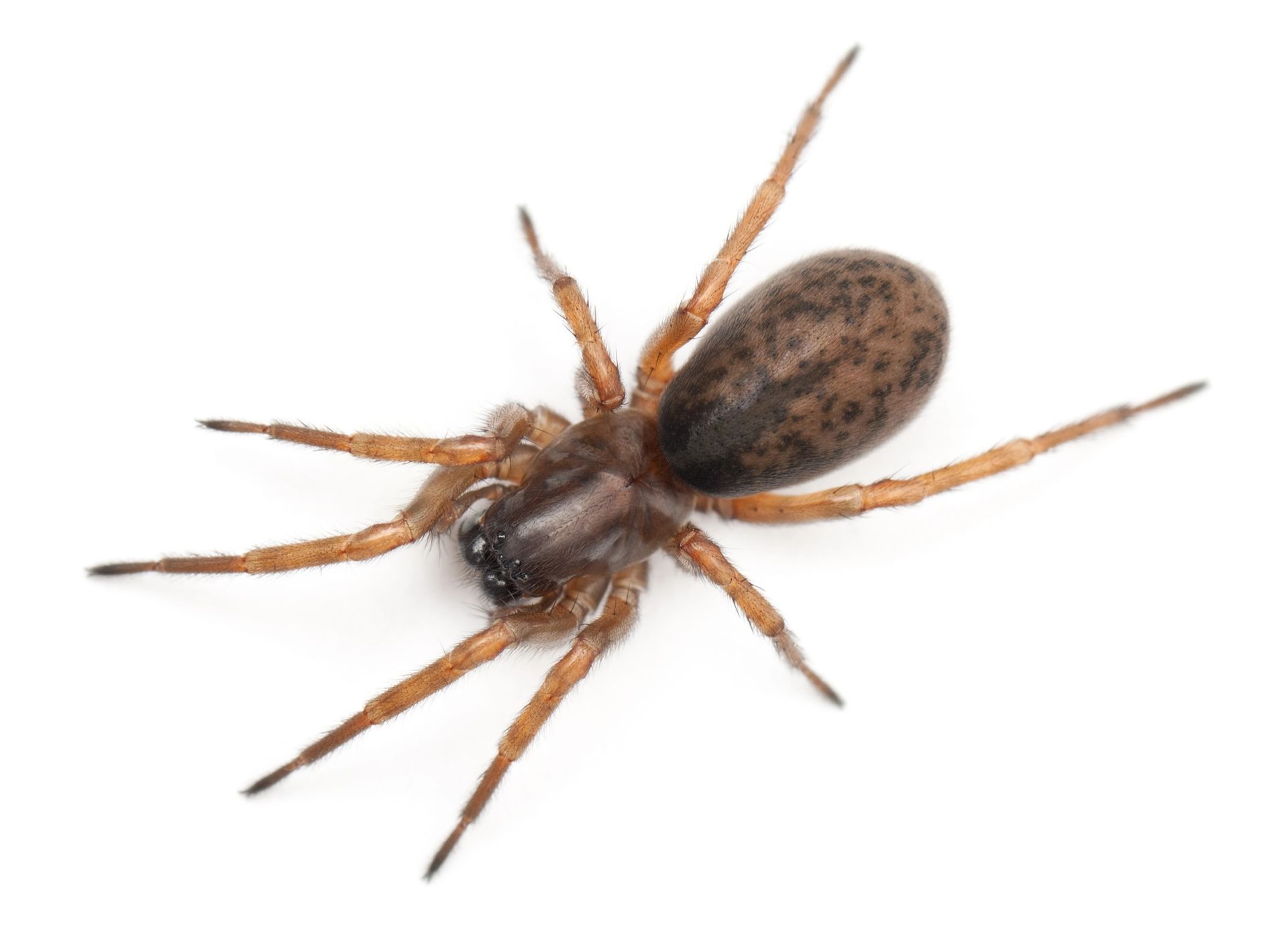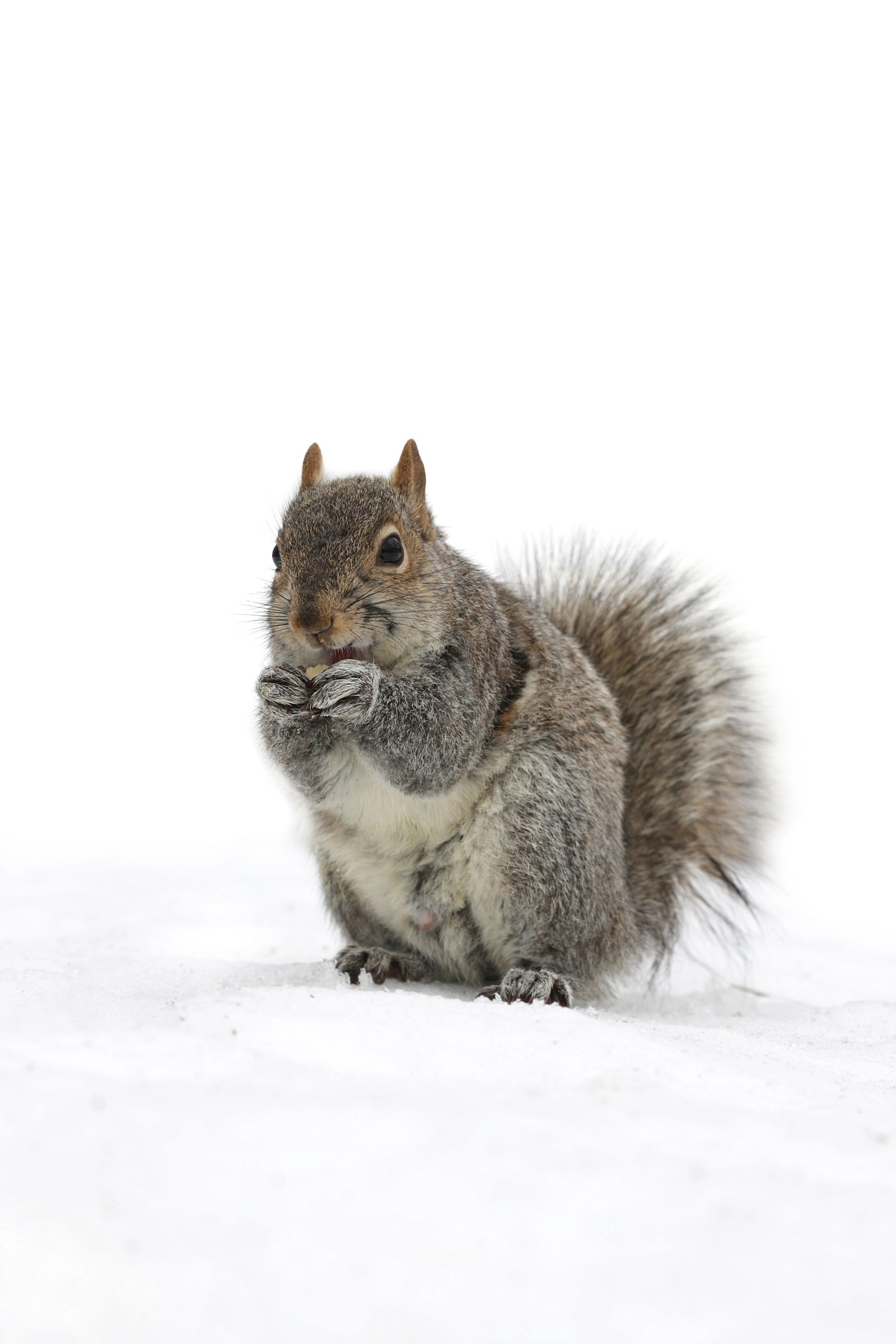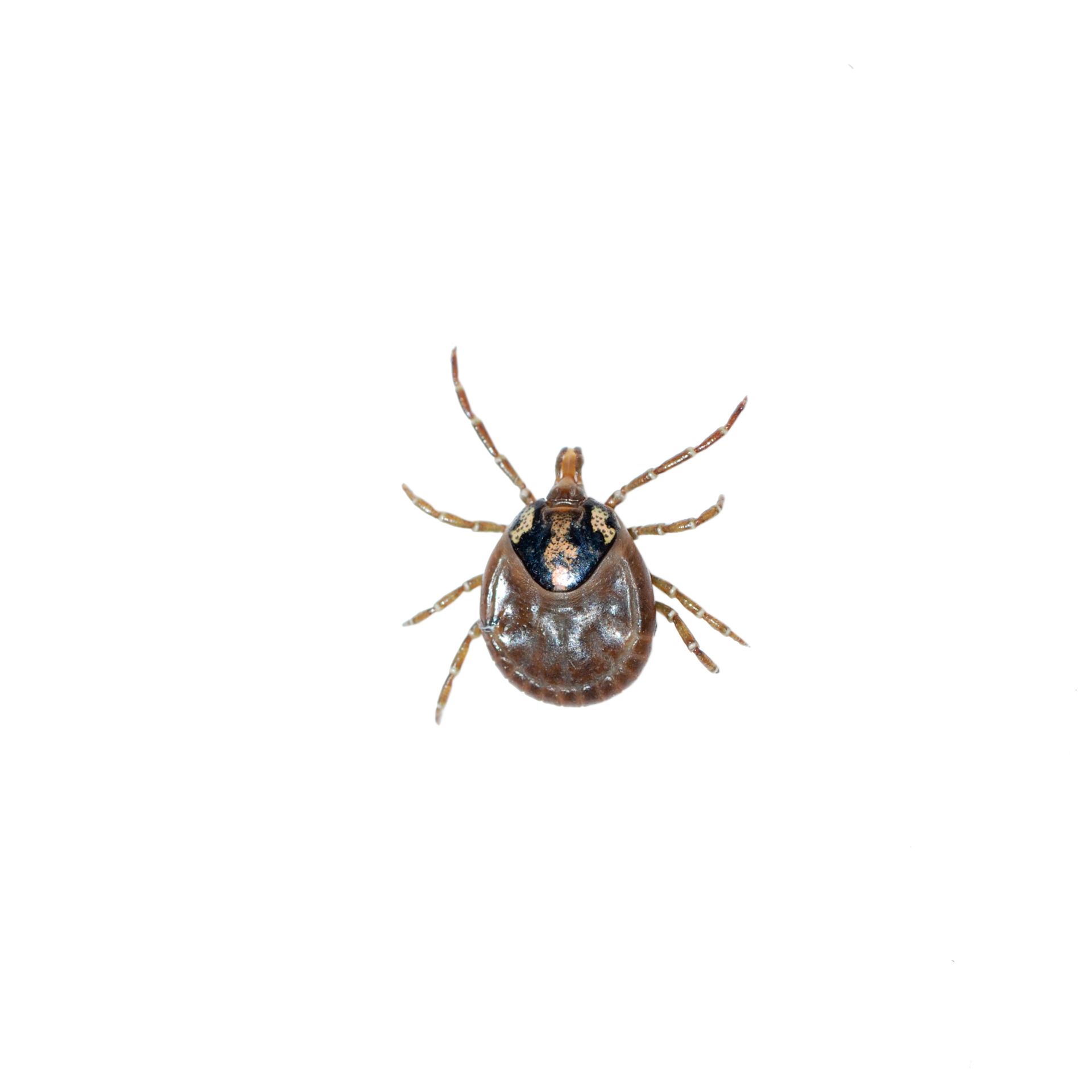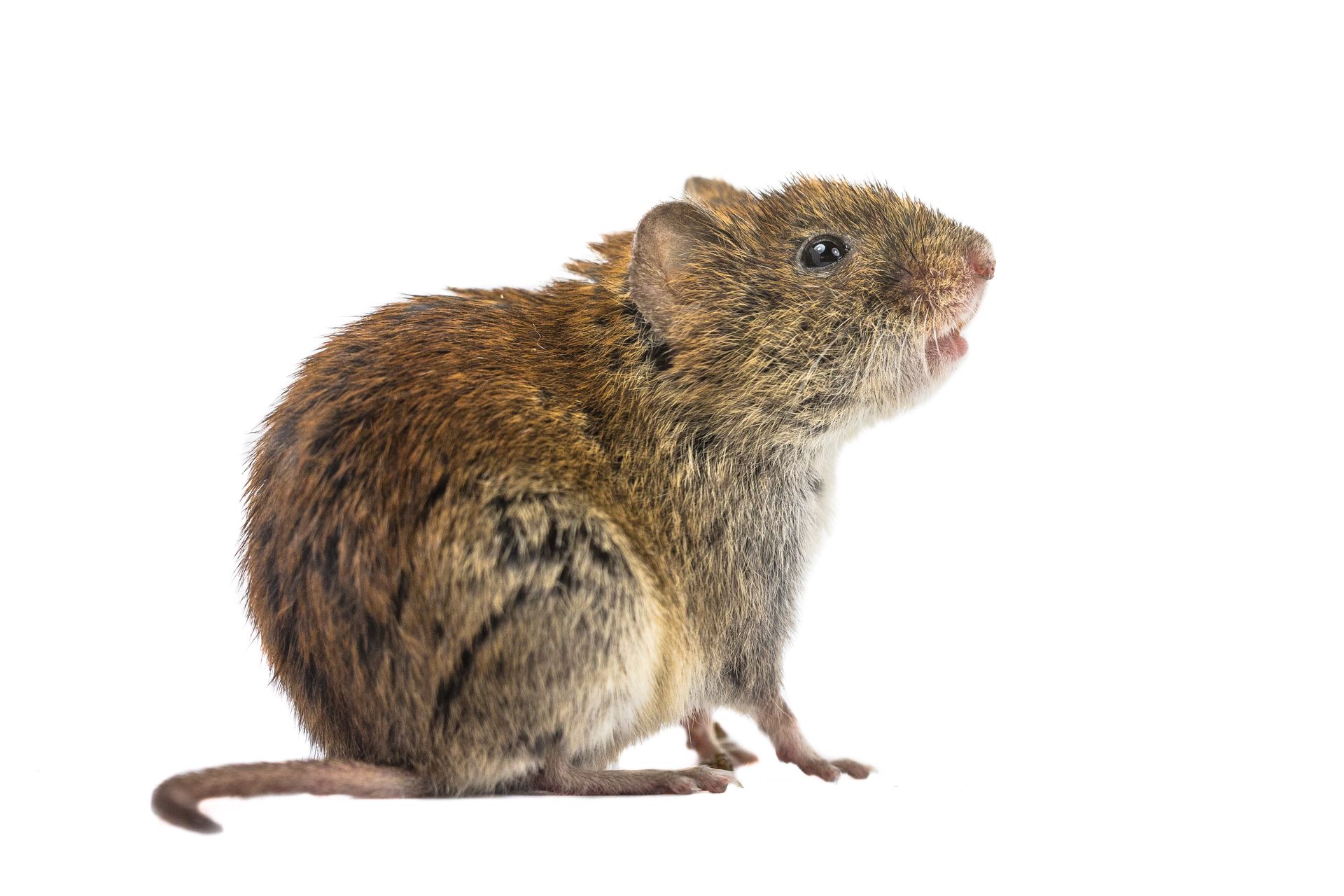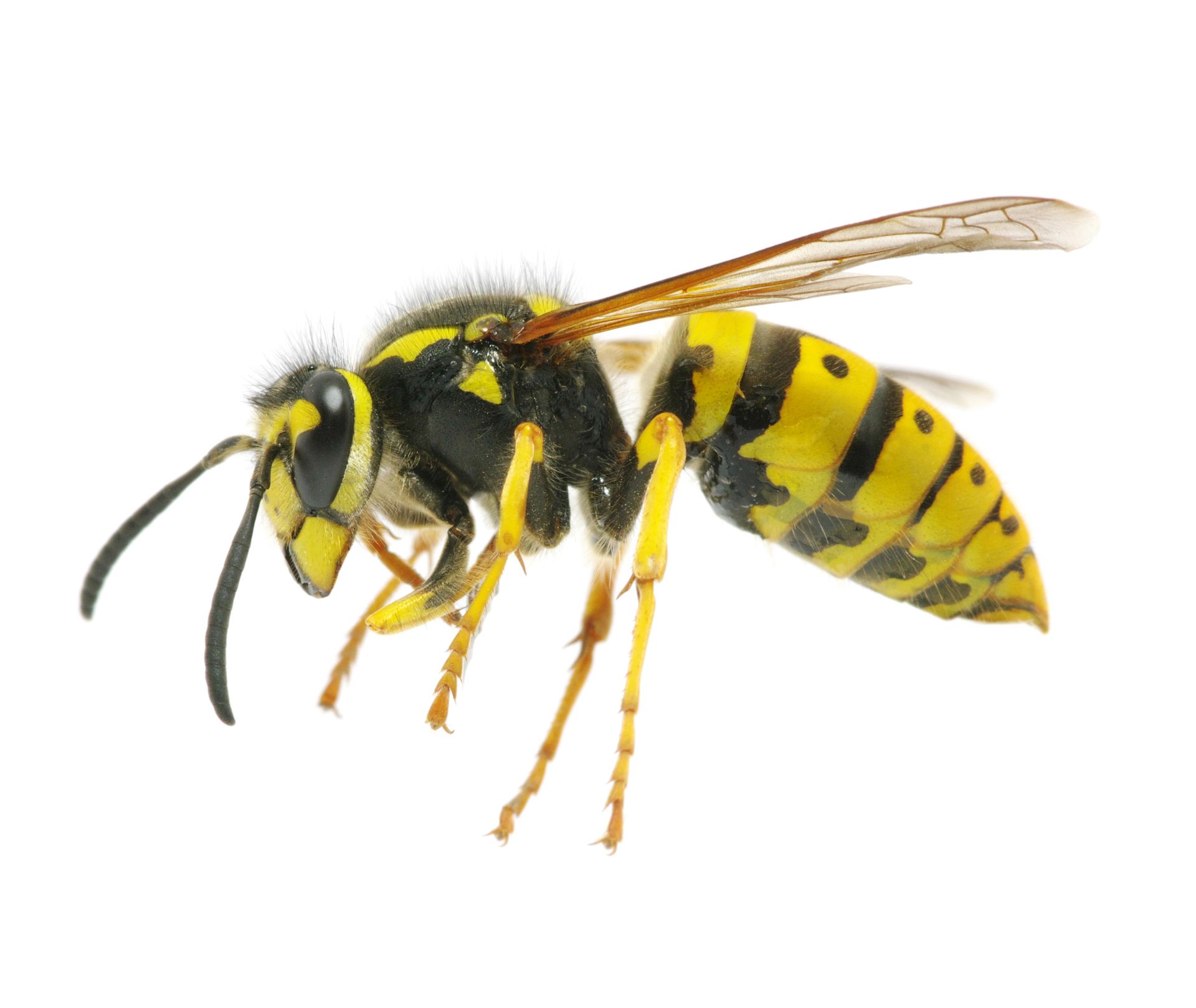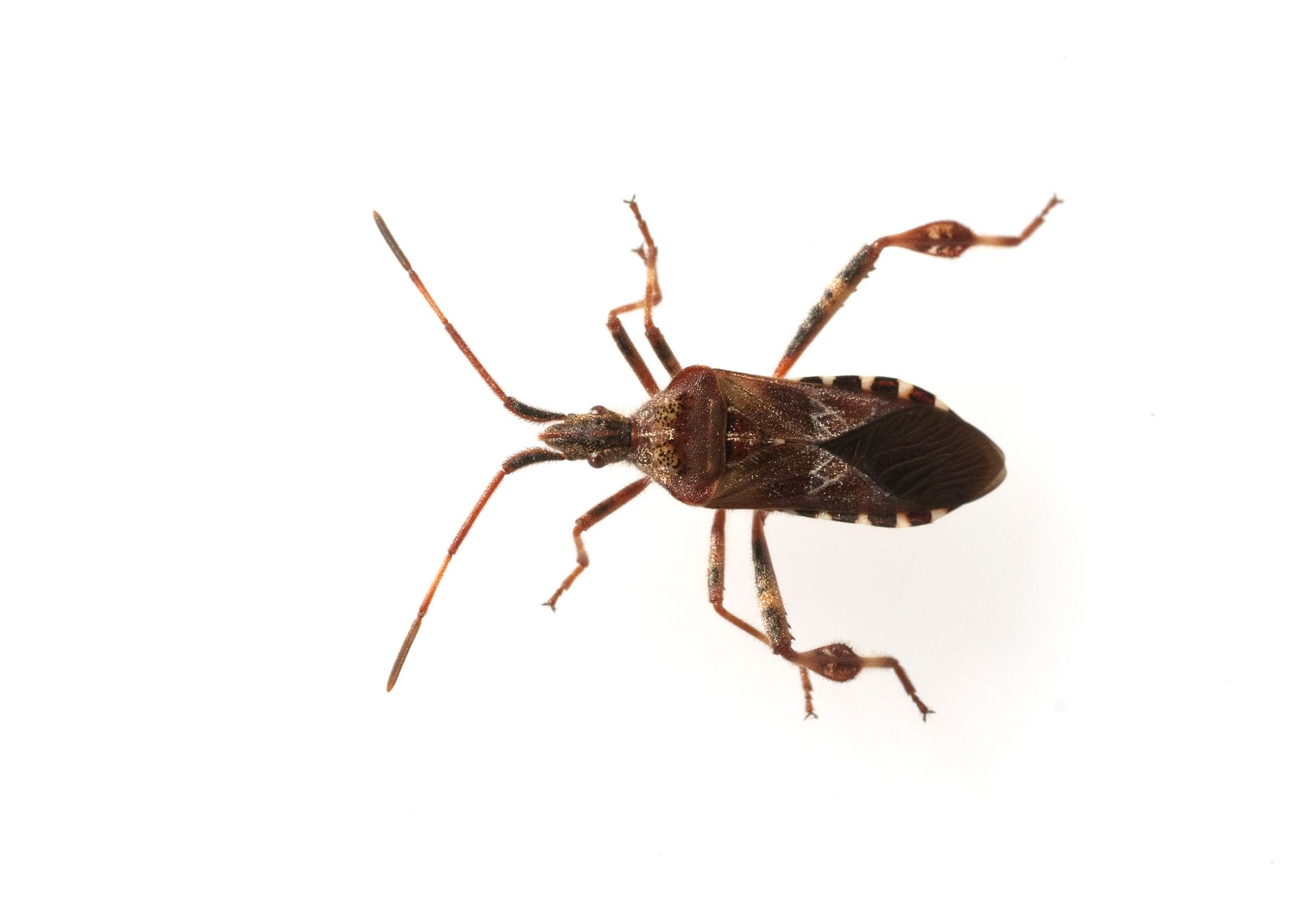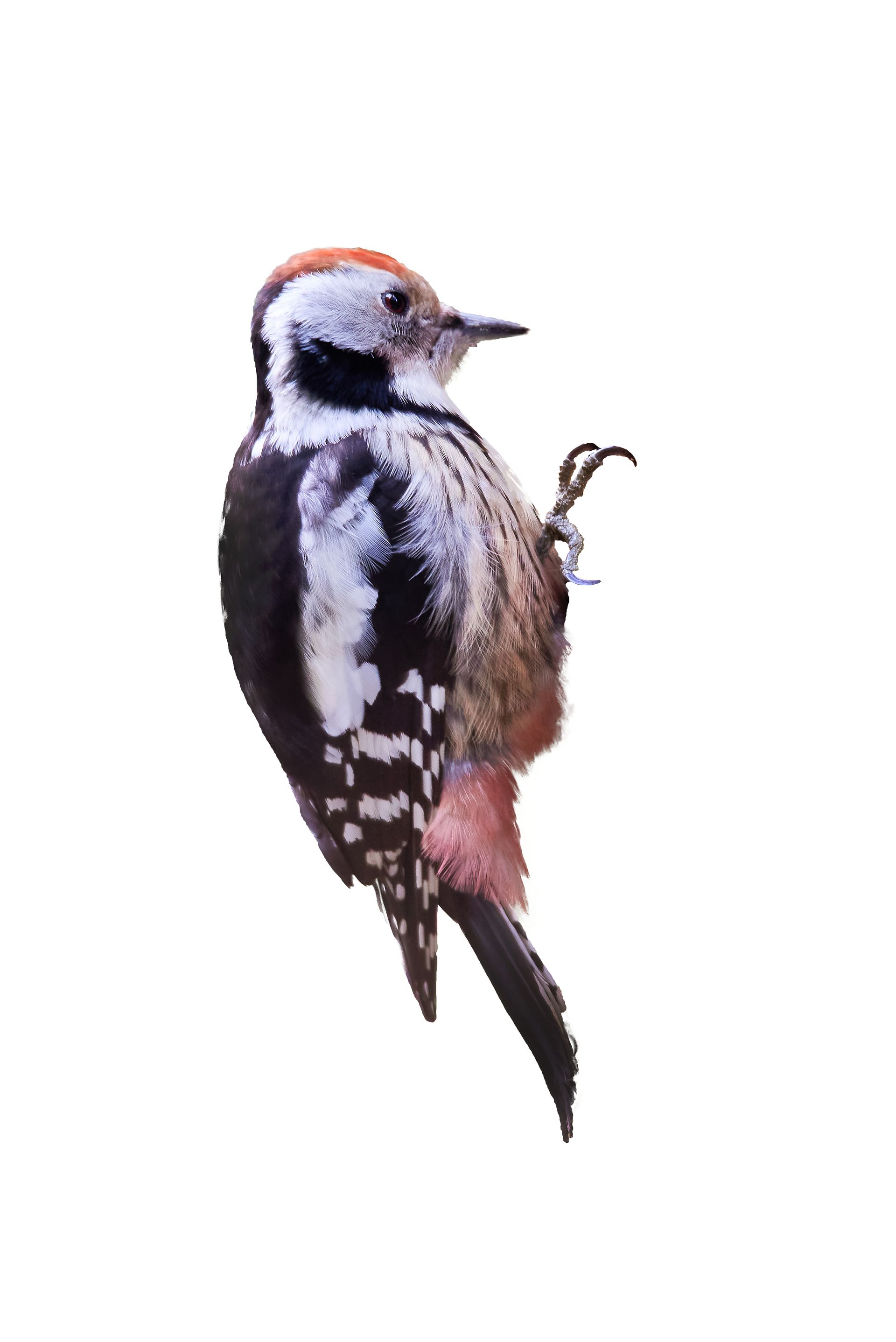Understanding Moths in Wisconsin
Moths are common insects in Wisconsin that can become a nuisance when they invade homes and buildings. While many moths are harmless, certain species can cause significant damage to clothing, stored food, and other materials. Understanding where moths are typically found, what attracts them to indoor environments, and why they are unsuitable for homes and buildings is essential for effective management and prevention.
Characteristics and Habitats of Moths
Several species of moths are found in Wisconsin, with two of the most problematic being the clothes moth and the pantry moth (also known as the Indian meal moth).
Clothes Moths: Small, about 1/2 inch long, with buff-colored wings. They are particularly attracted to natural fibers like wool, silk, and fur.
Pantry Moths: Slightly larger, with a wingspan of about 3/4 inch. They have brown and tan-colored wings and are attracted to stored food products.
Moths are typically found in:
Outdoors:
Gardens and Fields: Many moth species feed on nectar and are commonly found around flowers and vegetation.
Woodlands: Moths can also be found in wooded areas, where they lay eggs on plants.
Indoors:
Closets and Wardrobes: Clothes moths are often found in closets, wardrobes, and other areas where clothing and fabrics are stored.
Kitchens and Pantries: Pantry moths are commonly found in kitchens and pantries, infesting stored food products such as grains, cereals, flour, and dried fruits.
Basements and Attics: Moths can also be found in basements and attics, especially if these areas contain stored fabrics or food.
Attractions in Homes and Buildings
Moths are attracted to homes and buildings for several reasons:
Food Sources: Pantry moths are attracted to stored food products, while clothes moths are attracted to natural fibers found in clothing, rugs, and upholstery.
Shelter: Homes provide safe, undisturbed places for moths to lay their eggs and for larvae to develop.
Light: Many moth species are attracted to light, which can draw them indoors through open windows and doors, especially at night.
Why Moths Are Not Suitable for Homes and Buildings
The presence of moths in homes and buildings is undesirable for several reasons:
Property Damage:
Fabric Damage: Clothes moth larvae feed on natural fibers, causing damage to clothing, carpets, and upholstery. This can result in significant financial loss.
Food Contamination: Pantry moth larvae infest stored food products, contaminating them with webbing, frass (insect droppings), and larvae. Infested food must be discarded, leading to waste and financial loss.
Nuisance:
Persistent Presence: Moths flying around indoor spaces, especially at night, can be annoying and disruptive.
Infestations: Moth infestations can grow quickly if not addressed, leading to widespread damage and contamination.
Health Concerns:
Allergens: Moth larvae and their droppings can cause allergic reactions in some individuals, leading to respiratory issues and skin irritations.
Prevention and Control
To prevent and control moth infestations in homes and buildings, consider the following strategies:
Maintain Cleanliness:
Regular Cleaning: Clean closets, drawers, and storage areas regularly to remove food crumbs, dust, and potential moth larvae. Vacuum carpets, rugs, and upholstery frequently.
Proper Food Storage: Store food products in airtight containers to prevent pantry moth infestations. Inspect food packages for signs of moths before bringing them home.
Reduce Attractants:
Use Moth Repellents: Use natural repellents like cedar chips, lavender sachets, and mothballs in closets and storage areas to deter clothes moths.
Control Light: Minimize the use of outdoor lights near windows and doors at night to reduce the attraction of moths indoors.
Inspect and Protect:
Clothing Care: Clean and dry clothes thoroughly before storing them. Use garment bags for delicate items and consider using moth-proof storage containers.
Food Inspection: Regularly check stored food products for signs of moths and discard any infested items immediately.
Professional Pest Control:
Inspection and Treatment: For severe infestations, contact a professional pest control service like BugBoss The X-Terminator for comprehensive moth management. Professionals can identify the type of moth and apply targeted treatments.
Ongoing Prevention: Regular follow-up treatments and inspections help ensure that moths do not return.
Understanding the habits and risks associated with moths in Wisconsin is crucial for keeping your home or building free from these pests. If you suspect a moth problem, taking swift action can prevent further issues and ensure a comfortable living environment. Trust BugBoss The X-Terminator to provide expert advice and effective moth control solutions tailored to your needs.
Local Pests & Wildlife in Wisconsin

